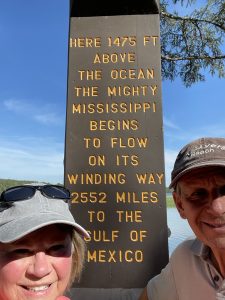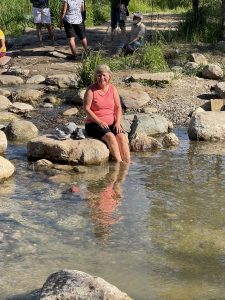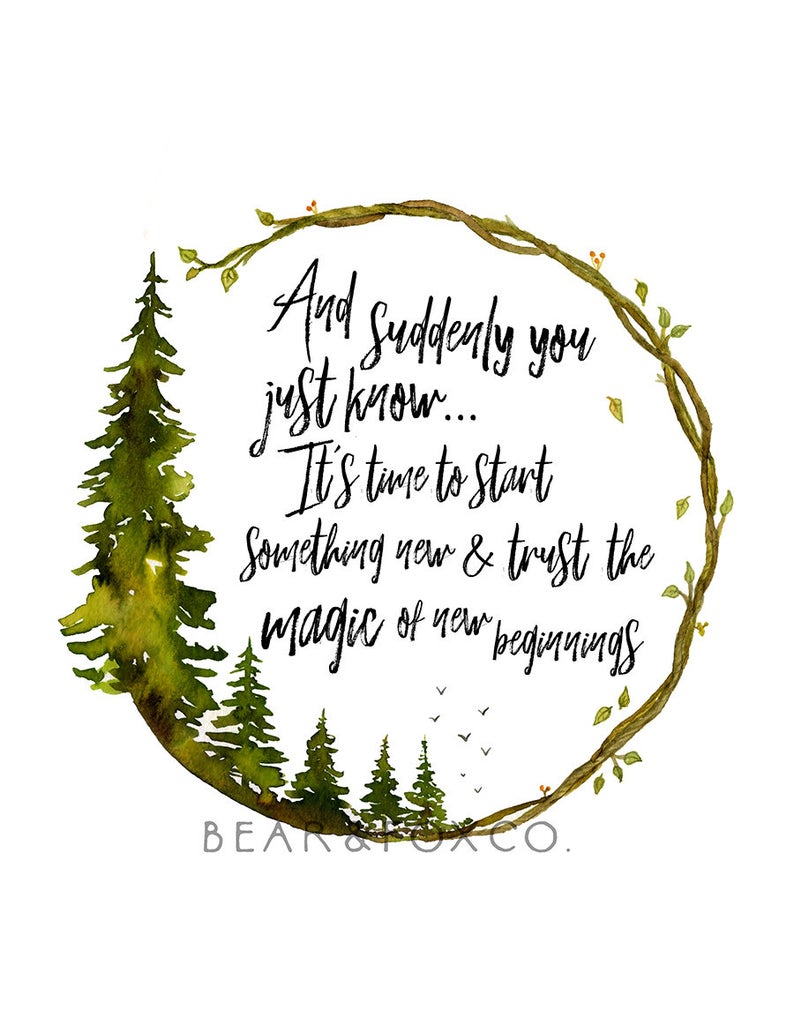Gorge. The very word has an ugly connotation. but this place is anything and everything but!
It is magical. Mystical. Enchanting. Refreshing.
I thought I was prepared for its splendor, but I wasn’t.
(Be sure to turn on the music for this post. You should find adjustments on the side panel or on the bottom.)
Weeks before we left Michigan on this adventure, I had second thoughts about the whole long trip. Far away from the kids. What if something happened? 32 days is a long time. I had anxiety. Then something happened that gave me peace. It was a photo – a photo of the most beautiful waterfall ever – in my opinion. 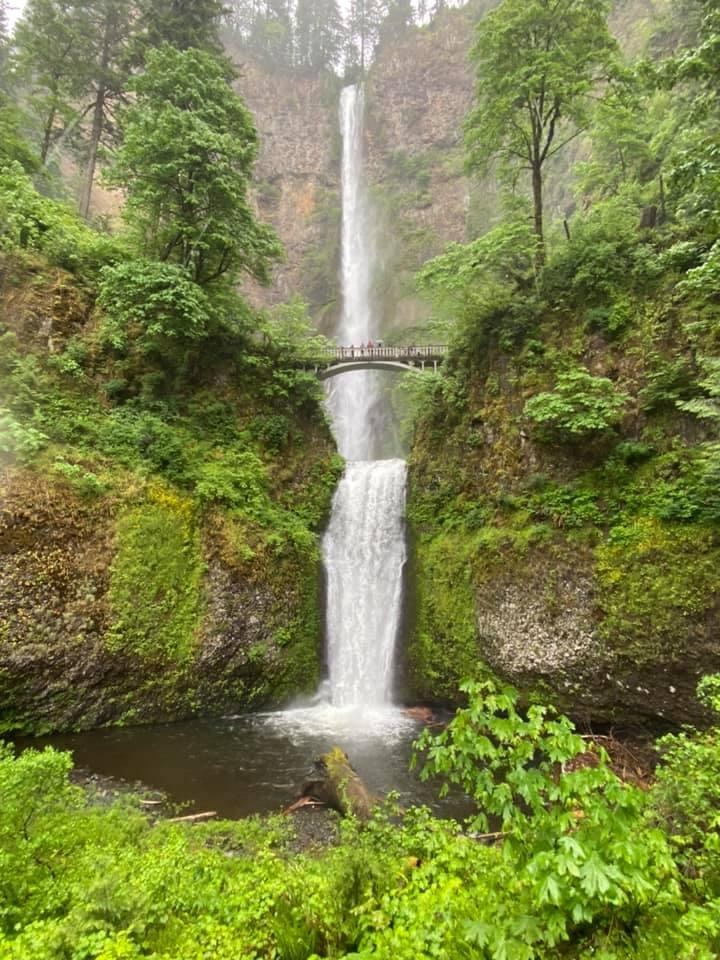 I had seen this photo often throughout the past few years, mostly online but had no idea where it was located. And so I judged it: the most beautiful waterfall ever. I never even considered I would ever see it. Researching the Columbia River Gorge we were to visit on this trip, I suddenly discovered this magnificent waterfall to be in the area. I was so touched to learn this, I choked up and whispered, Thank you, Lord. Now I knew it was His will we take this lengthy journey. I knew He was blessing me. I had peace.
I had seen this photo often throughout the past few years, mostly online but had no idea where it was located. And so I judged it: the most beautiful waterfall ever. I never even considered I would ever see it. Researching the Columbia River Gorge we were to visit on this trip, I suddenly discovered this magnificent waterfall to be in the area. I was so touched to learn this, I choked up and whispered, Thank you, Lord. Now I knew it was His will we take this lengthy journey. I knew He was blessing me. I had peace.
Isn’t it just like our Abba Father to give us the desires of our heart? Even the things we never asked for! And, in doing so, confirming His blessing upon us?
I had two overnights scheduled for us at the Viento State Park, along the Columbia River, but some way I maneuvered a third overnight at the state park, and we scheduled our days carefully. The first site we would visit would be Multnomah Falls. We drove just a short distance to the six mile trail of waterfalls along the Historic route.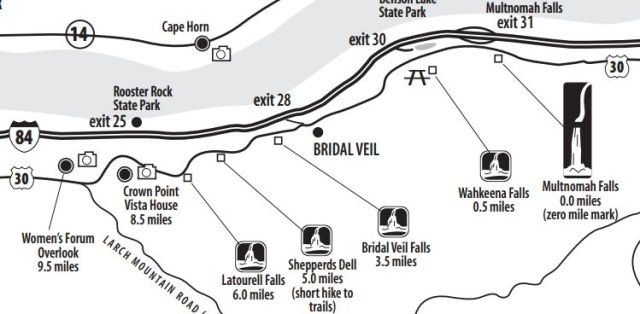
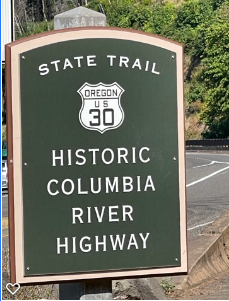
We were driving through a mystical, magical wonderland of massive trees, vibrant greens, and brilliant filtering sunlight.
Finding a parking space near Multnomah Falls was challenging, as the lot is quite small. We learned that the state would require advance passes beginning the next month. This was further evidence of God’s blessing upon us this day. It was our time.
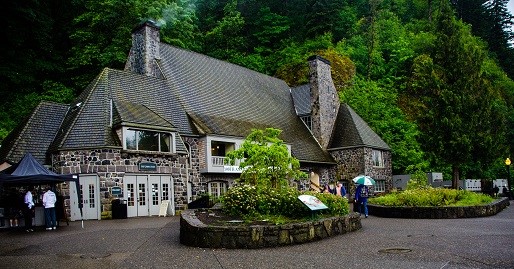
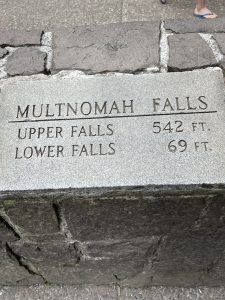 This area, and especially Multnomah Falls itself, appears to be the landscape from Middle Earth. When one climbs to the bridge spanning the falls, one expects Tolkein’s elves, Aragorn and Arwen, to be standing there, conversing – to look at us and say, Come, join us. The bridge, the 611-foot-tall waterfall, and the lush green walls of the mountainside are mirror images of Rivendell.
This area, and especially Multnomah Falls itself, appears to be the landscape from Middle Earth. When one climbs to the bridge spanning the falls, one expects Tolkein’s elves, Aragorn and Arwen, to be standing there, conversing – to look at us and say, Come, join us. The bridge, the 611-foot-tall waterfall, and the lush green walls of the mountainside are mirror images of Rivendell.
(Open to full screen, if you can:)
I was simply enchanted. The cool spray of water refreshed my face from this and other waterfalls we would visit on this day. I closed my eyes and went back in time. The moss on the rocks and trees and fallen logs was reminiscent of that on the stepping stones leading to a water fountain in my Grandma Nutt’s rock garden. I find connection in the small and the large details throughout my life, demonstrating the same creator – the One True God. He uses both the minor and the magnificent to reveal Himself to us. The past memory was over 50 years ago and over 2000 miles away; God shows me today that He was in my presence then and He is present now. He is ever with me. Because I am His child.
Wahkeenah Falls, Bridal Veil Falls, Latourell Falls, and Horsetail Falls. We went from one falls to another, climbing to the brink and hiking the stream of bedrock below. Our day was spent in exploring something like a Shangri-la. I spread a cloth over the thick gray, moss-covered wood of a picnic table, where we lunched in the shade of tall pines and oaks. The trails occasionally took us to overlooks of the River beyond.
Open to full screen, if you can:
As magnificent as Multnomah Falls is, and as beautiful as the other waterfalls are, the last one we visited, Shepperd’s Dell Waterfall was the most meaningful to Ron and me. I’ll explain the reason.
The Shepperd’s Dell website explains,
“We owe our thanks to a modest farmer who gave us his “dell.” George Shepperd was a transplanted Canadian farmer who moved his family to the Gorge in the 1880s, settling on a 160-acre land claim along Young Creek, just west of the mill town of Bridal Veil. He supported his family by farming, dairying and working at the nearby Bridal Veil Lumber Mill.
“In the early 1900s, HCRH engineer and designer Samuel Lancaster began surveying a possible highway route through the Gorge. Travel in the Gorge at that time was mostly by train, and the Shepperd farm was one of the many stops along the route. . . George was described as an early supporter of the highway, and this is surely the time when he realized that he could be part of Lancaster’s grand vision.
“Newspaper accounts show that Shepperd had many opportunities to sell his property for substantial profit, as the new highway was quickly dotted with roadhouses and gift shops aimed at the new stream of tourists. The Oregonian later reported: “ever since the highway was constructed, Mr. Shepperd has received offers to purchase the tract, but has refused them, having in mind an intention to dedicate the property to the use of the public.” In March 1914, George Shepperd’s land was donated to the public.”
So, here is a man who thought of others above himself. But greater yet, a placard at the sight told us that Shepperd and his family came to the waterfall on their property to worship. To worship! So that’s just what Ron and I did that day – at that last waterfall. We worshipped God. It was a blessed time.
Following are photos of Shepperd’s Dell Waterfall and the beautiful bridge and walkway leading to it. Notice the moss!
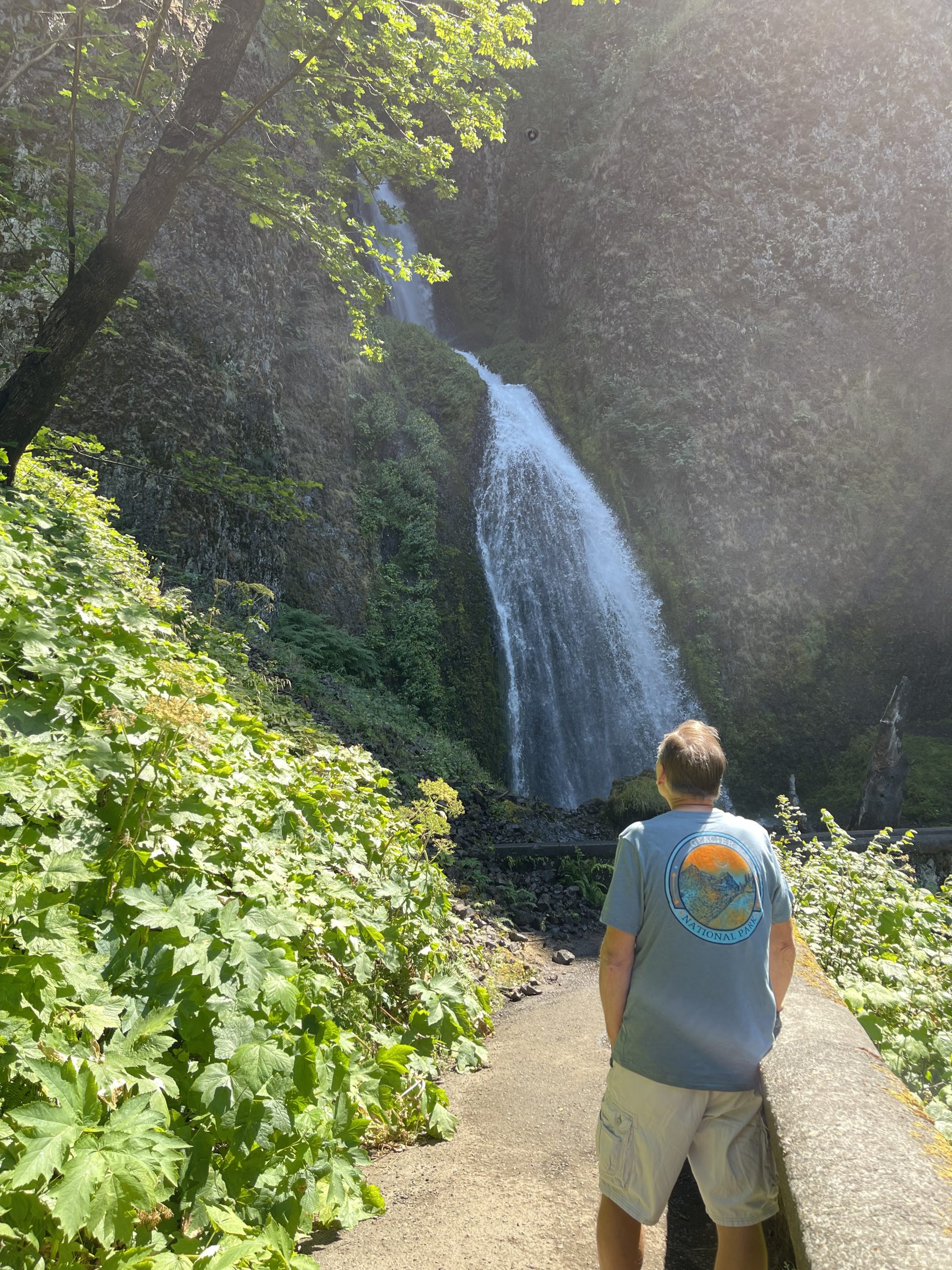 Ron and I love shady forests with the sunlight streaming down from above. We love streams and rivers and waterfalls. We love being in the quiet woods away from the noise of highways. We love listening to the birds. And I love green moss!
Ron and I love shady forests with the sunlight streaming down from above. We love streams and rivers and waterfalls. We love being in the quiet woods away from the noise of highways. We love listening to the birds. And I love green moss!
You might cherish other things in nature: certain animals, the atmosphere, the heights of the mountains or the depths of the valleys. The smell of freshly mown hay or of a rose in your garden. Perhaps you love the busyness and noise of the city, the whistle of the train, or the roar of race cars.
How does God reveal Himself to you? Speak to you? Give you evidence of His presence?
He is always present and He cares for you. He wants to meet the longings of your heart. He desires communion with us. Sometimes it’s a massive revelation; sometimes it’s tiny – like green moss.
Look for Him. Listen for Him. He’s there! Find your spot and worship!
Before you leave my wonderland, join me in the woods. I’m quite sure I saw Aragorn and Arwen flitting across the rocks along this stream:
You’ll find all the Adventure Travel posts in the “Home Sweet Home” Tab of this website.
Here’s a link to the first. At the bottom of each post, you’ll find a link to the next. Subscribe and look for a new post tomorrow in your email.
Click here to read the next Post – #14 “Adjust your sails, girl . . ”

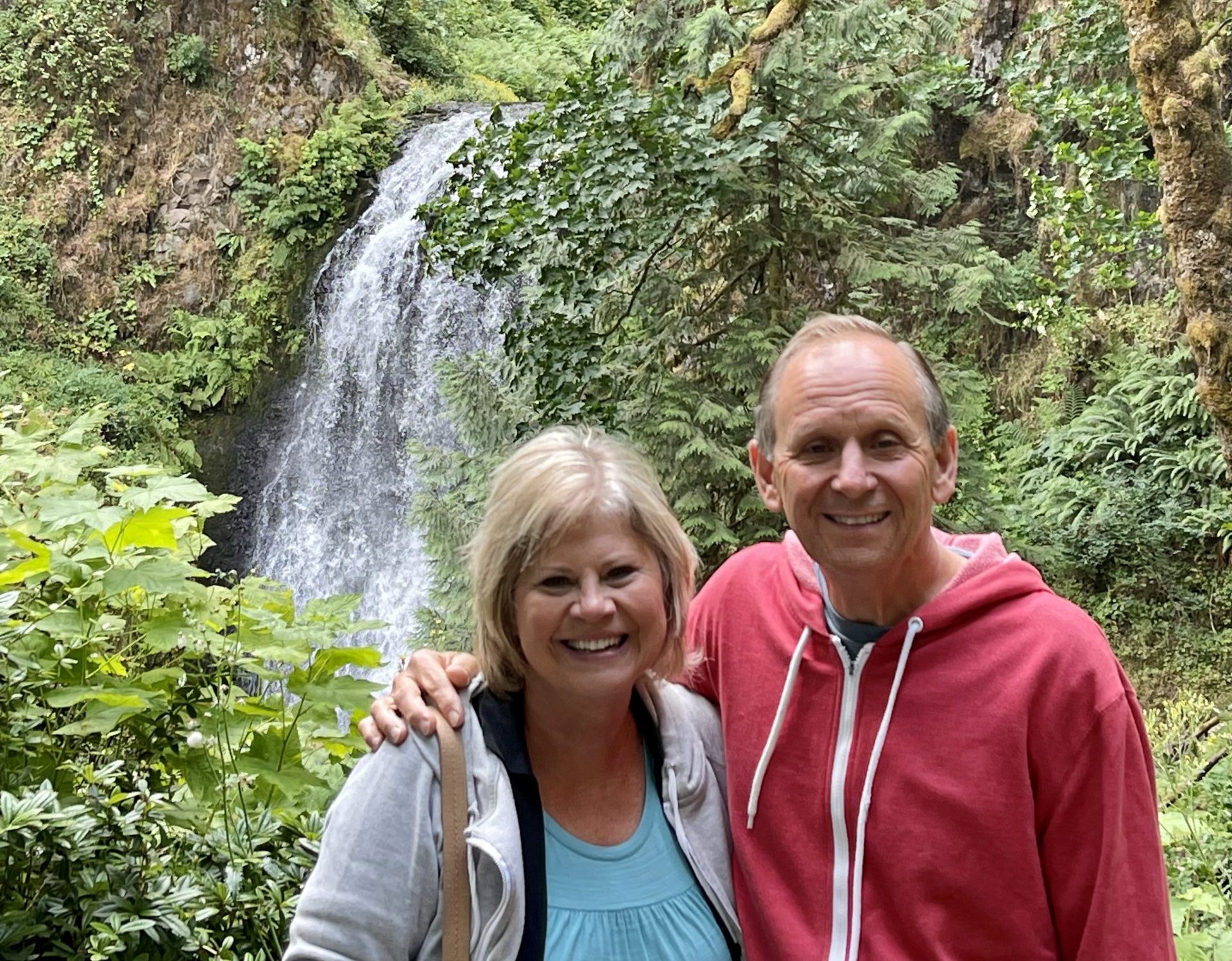
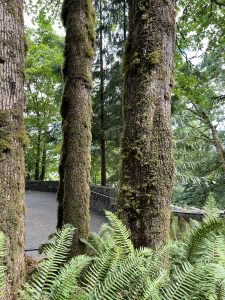
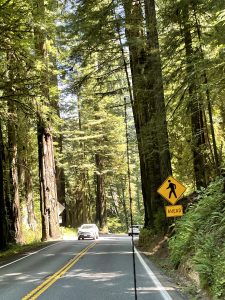
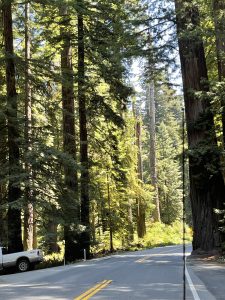
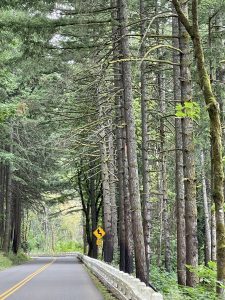
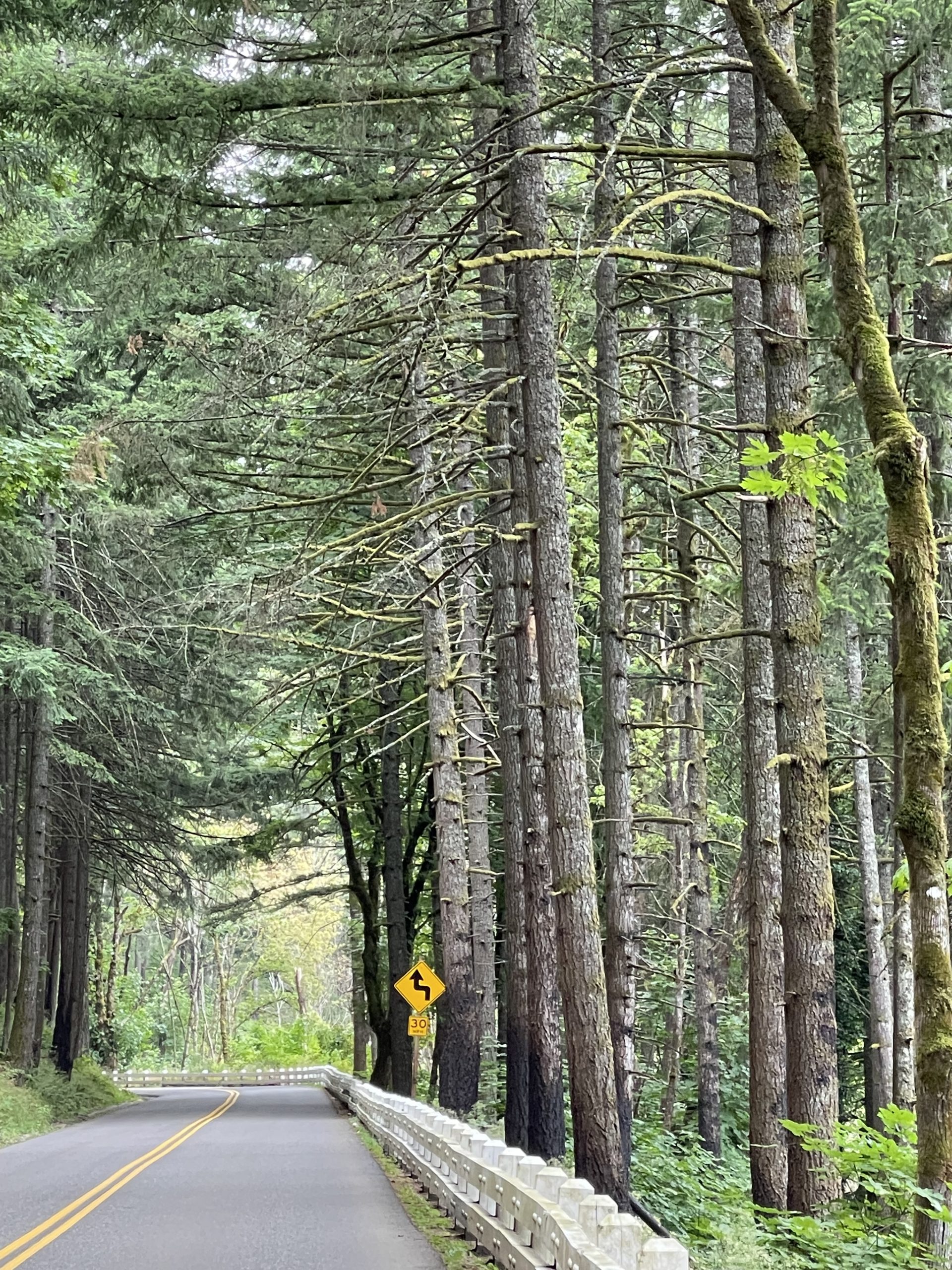

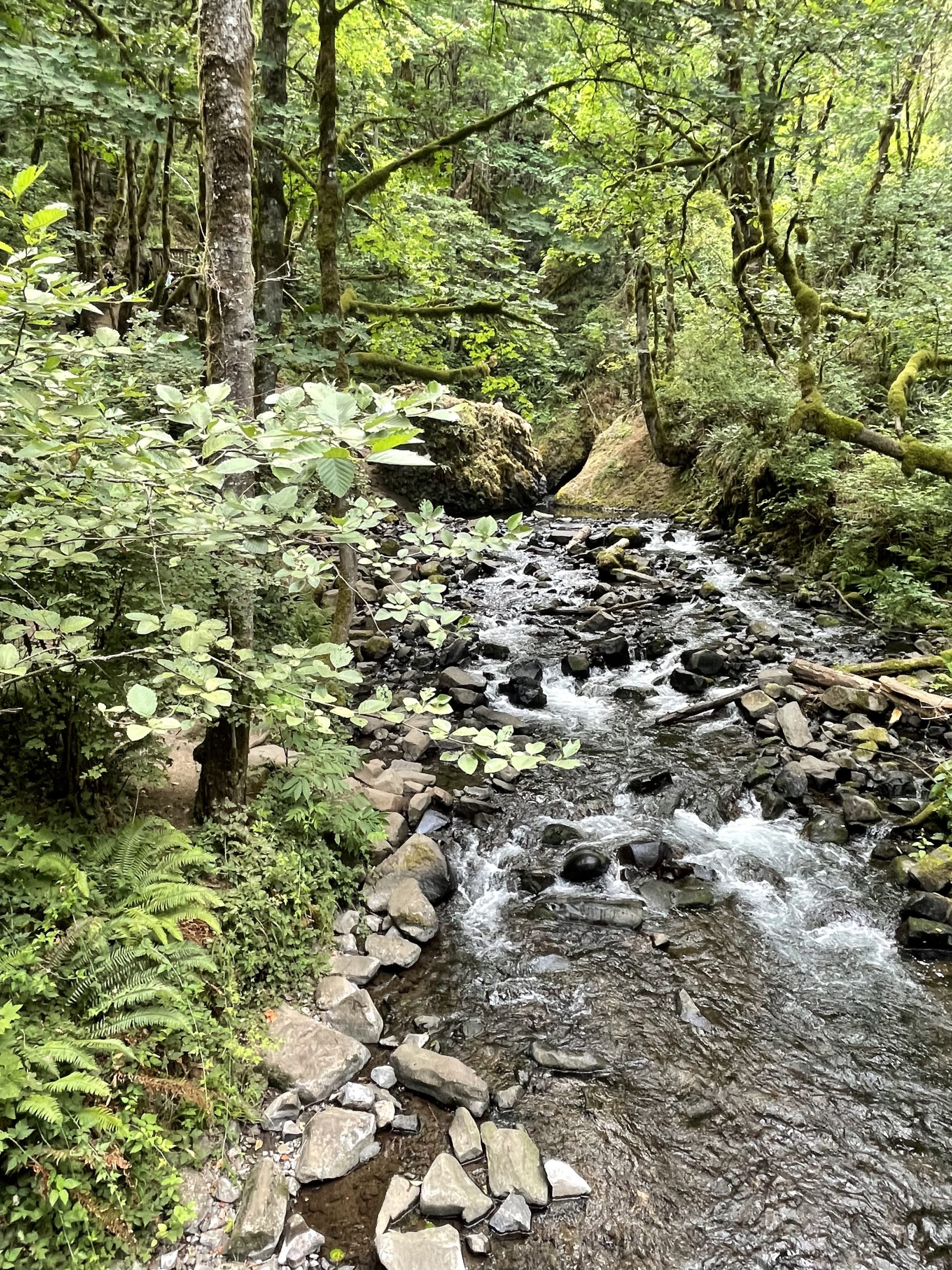

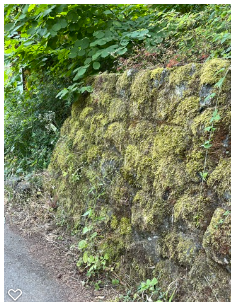
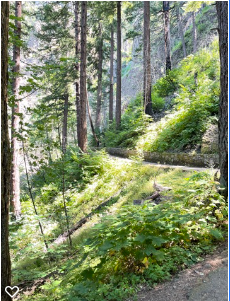
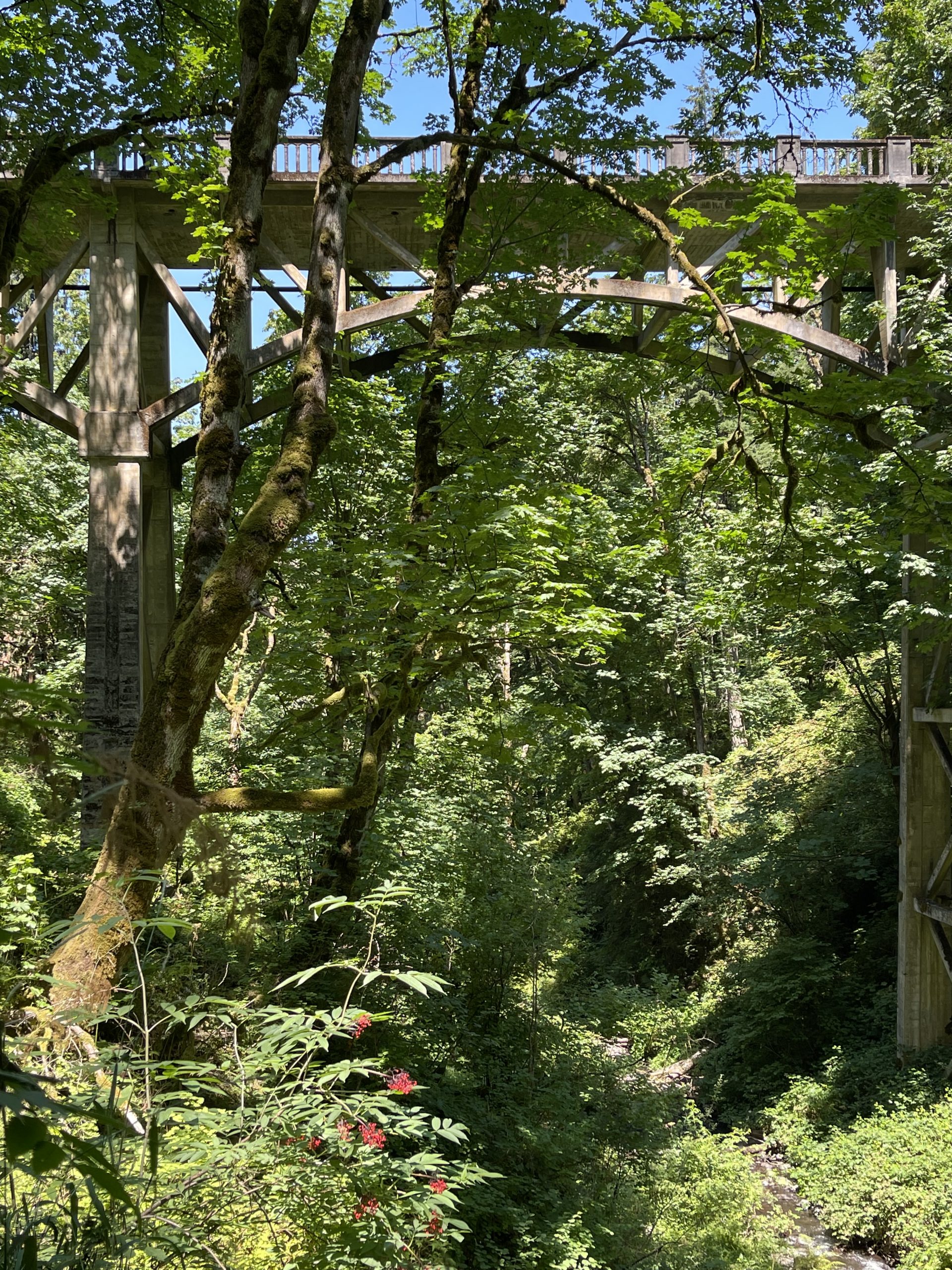
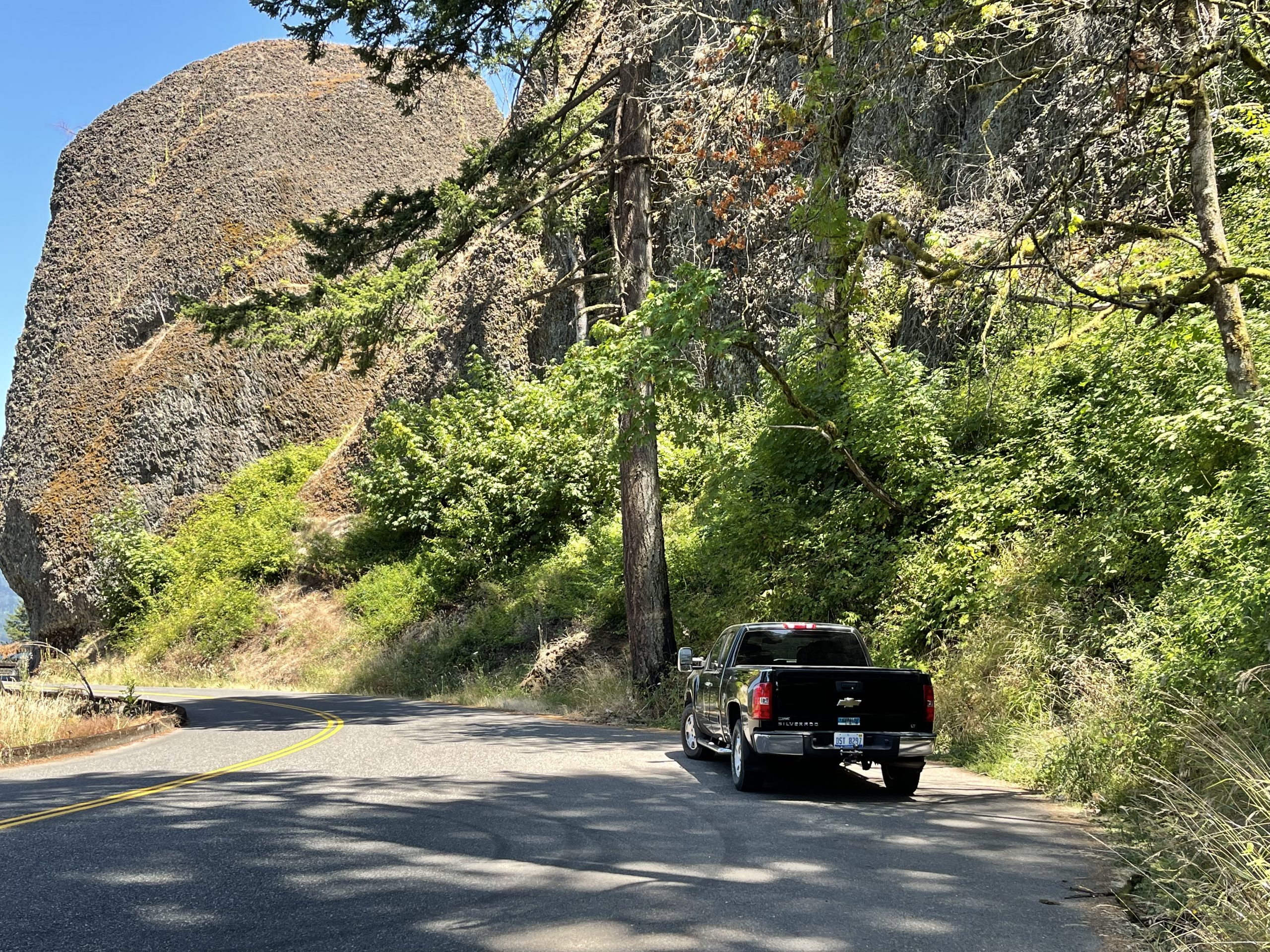


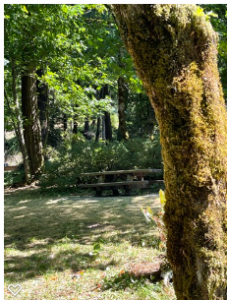


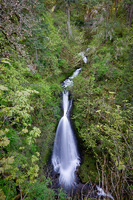
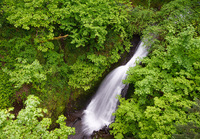

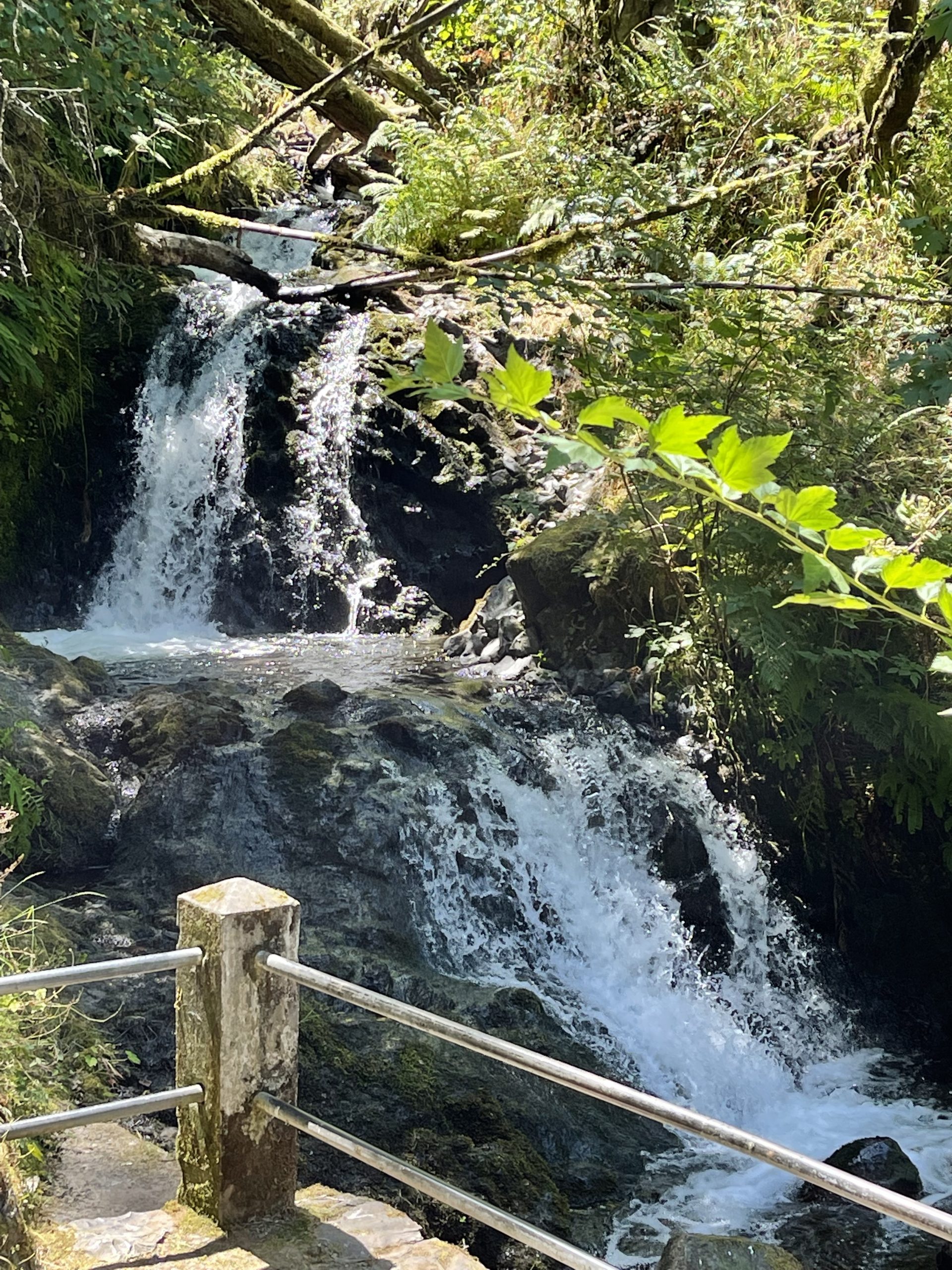
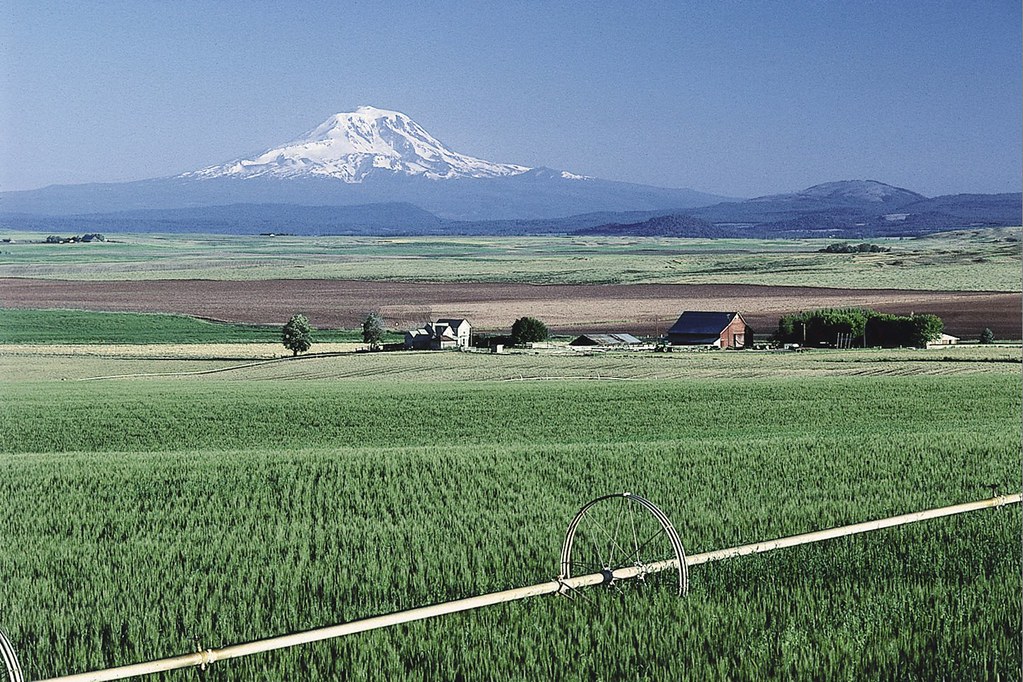
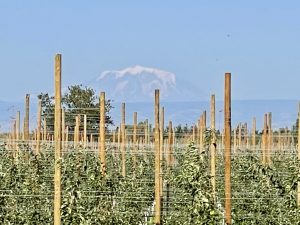
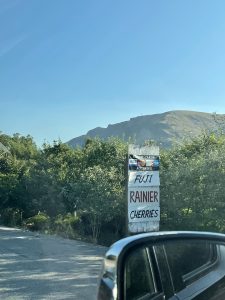
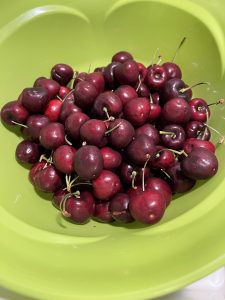
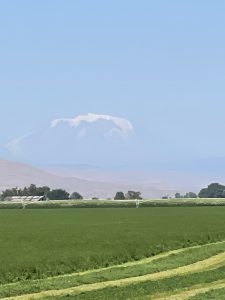
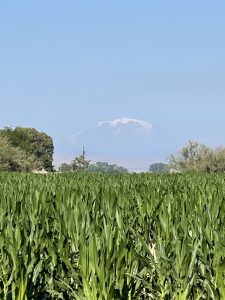
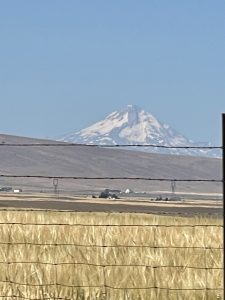
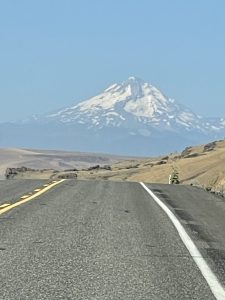
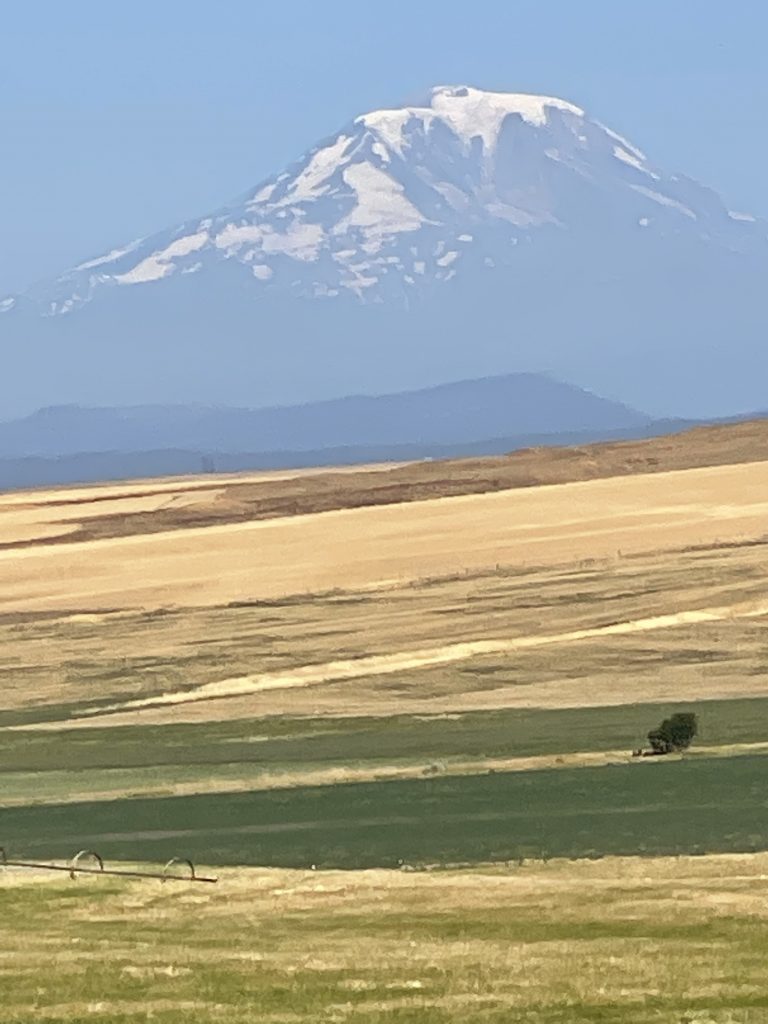
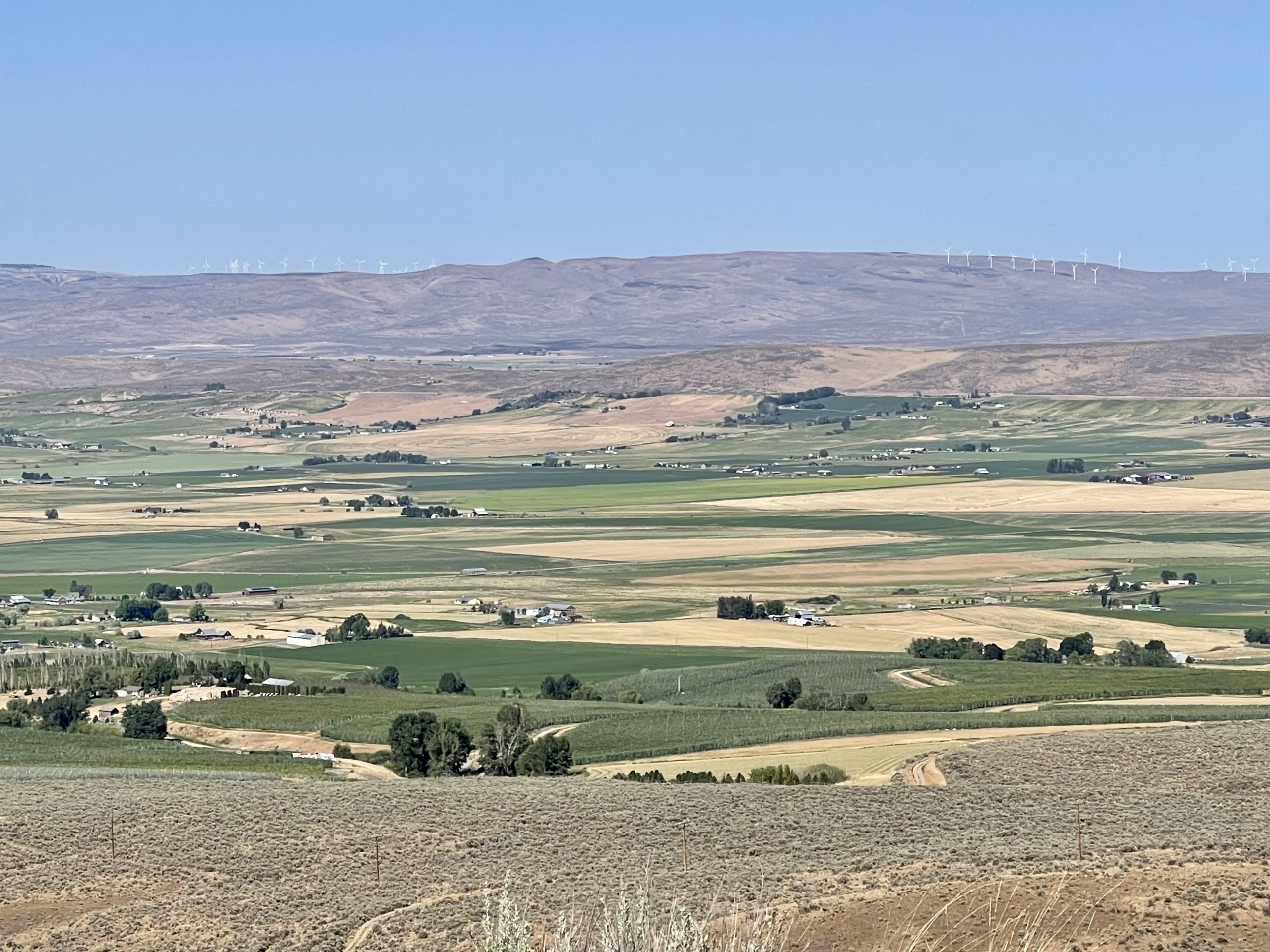
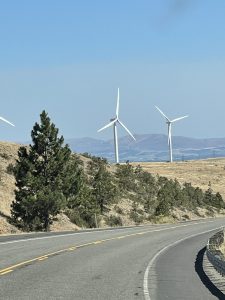
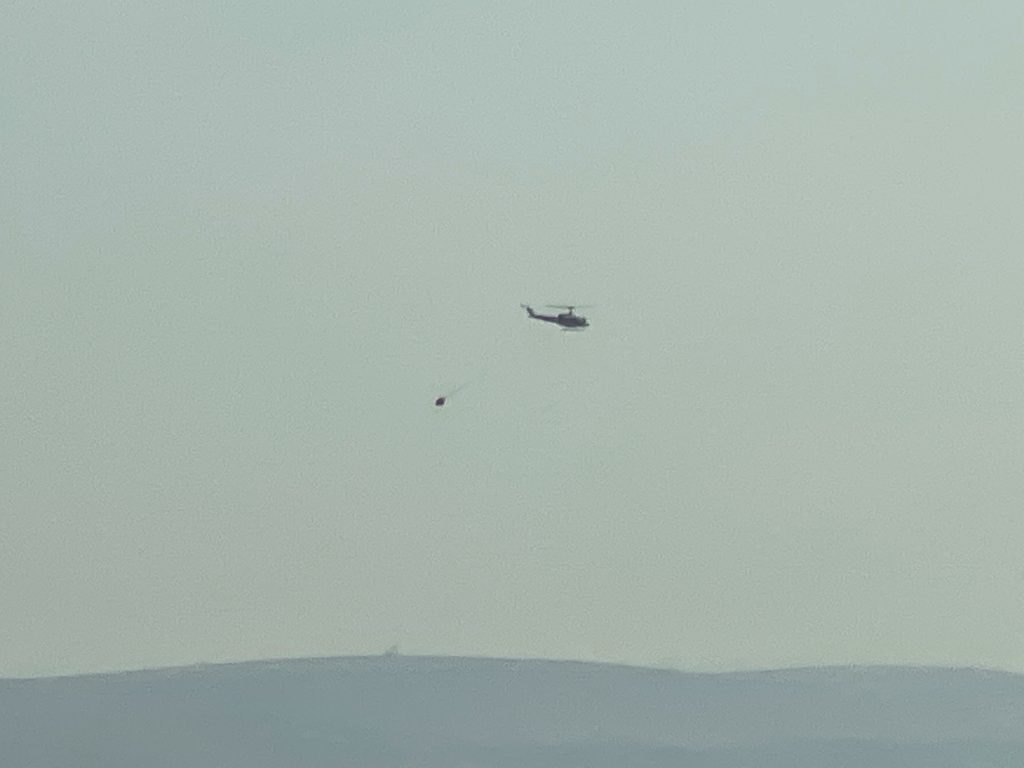
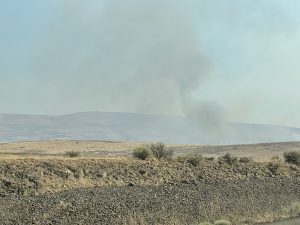
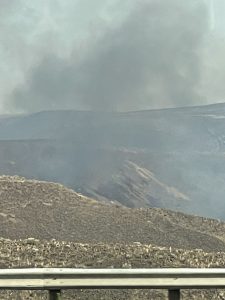
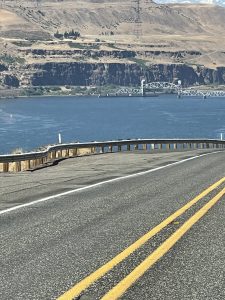
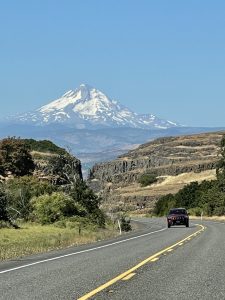
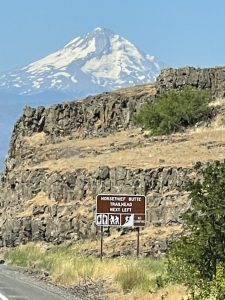
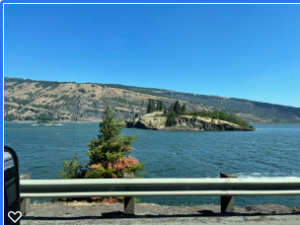
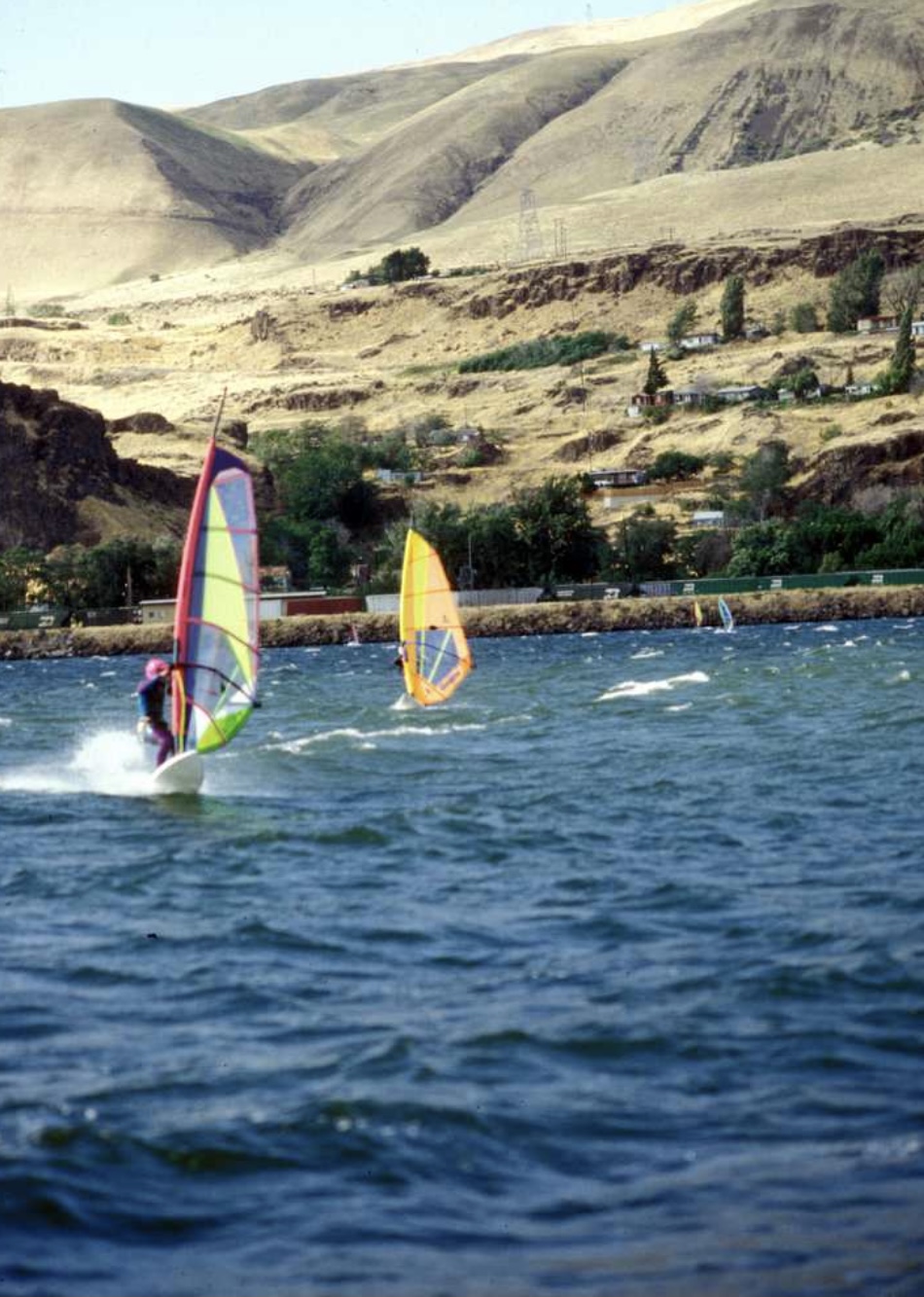
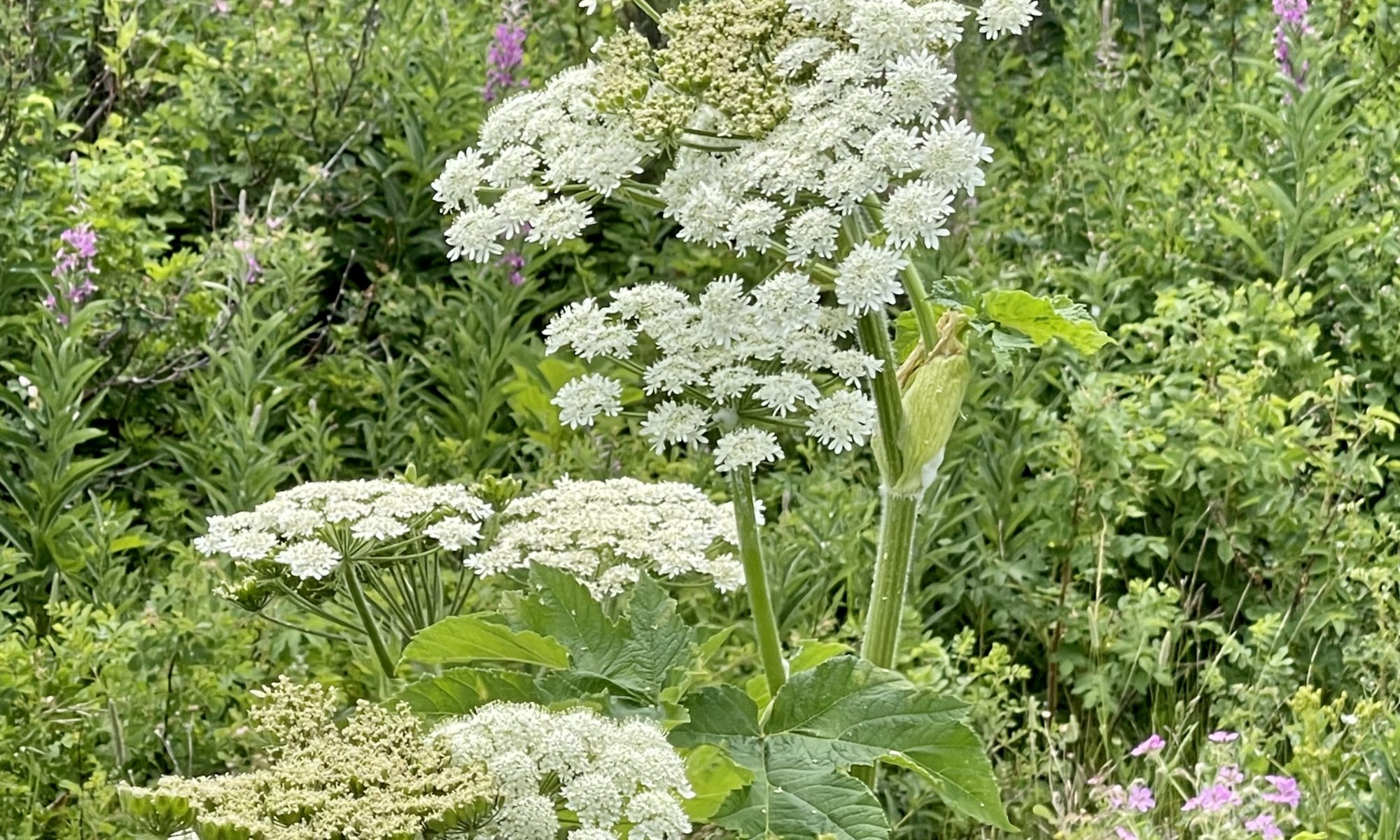
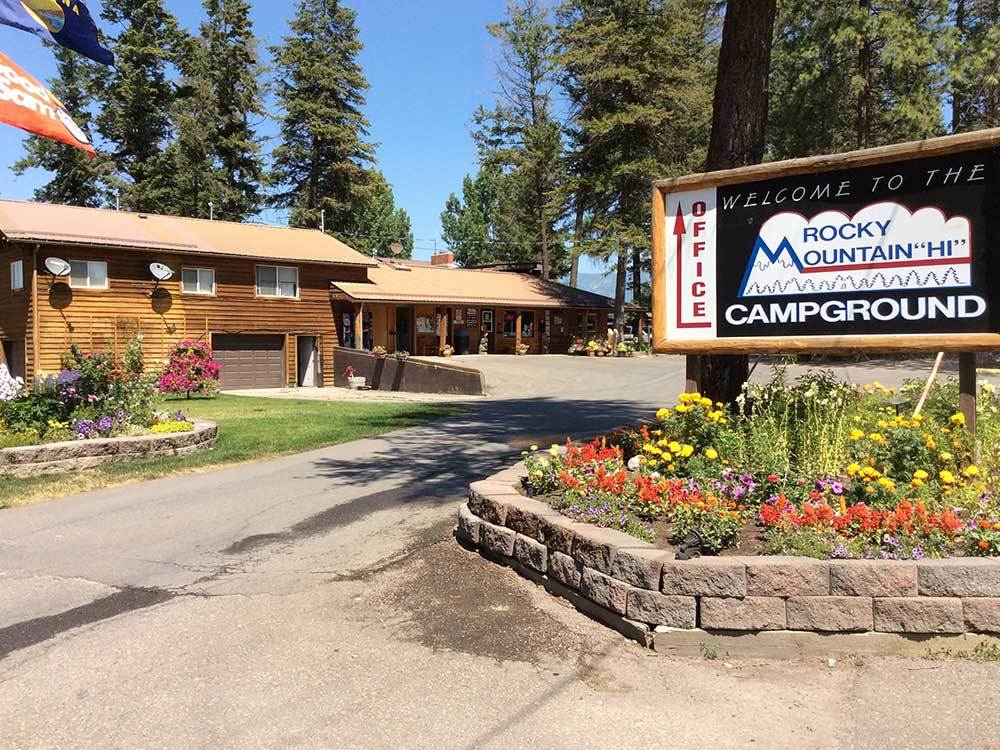
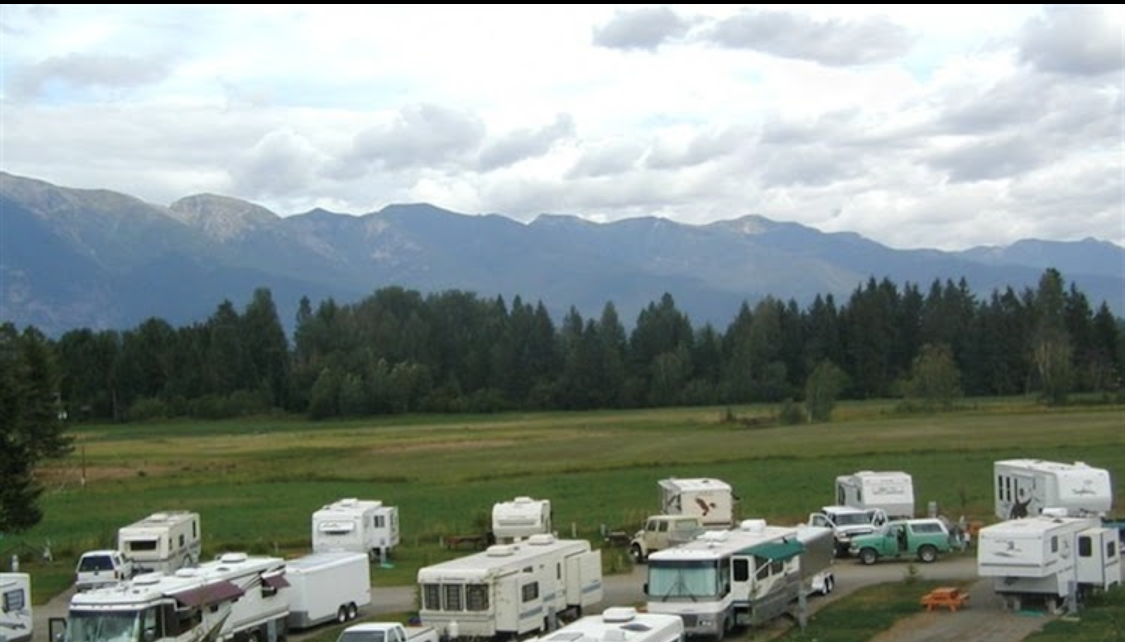

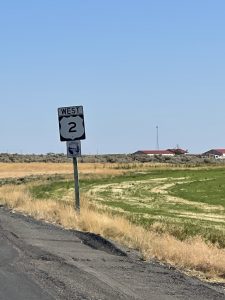
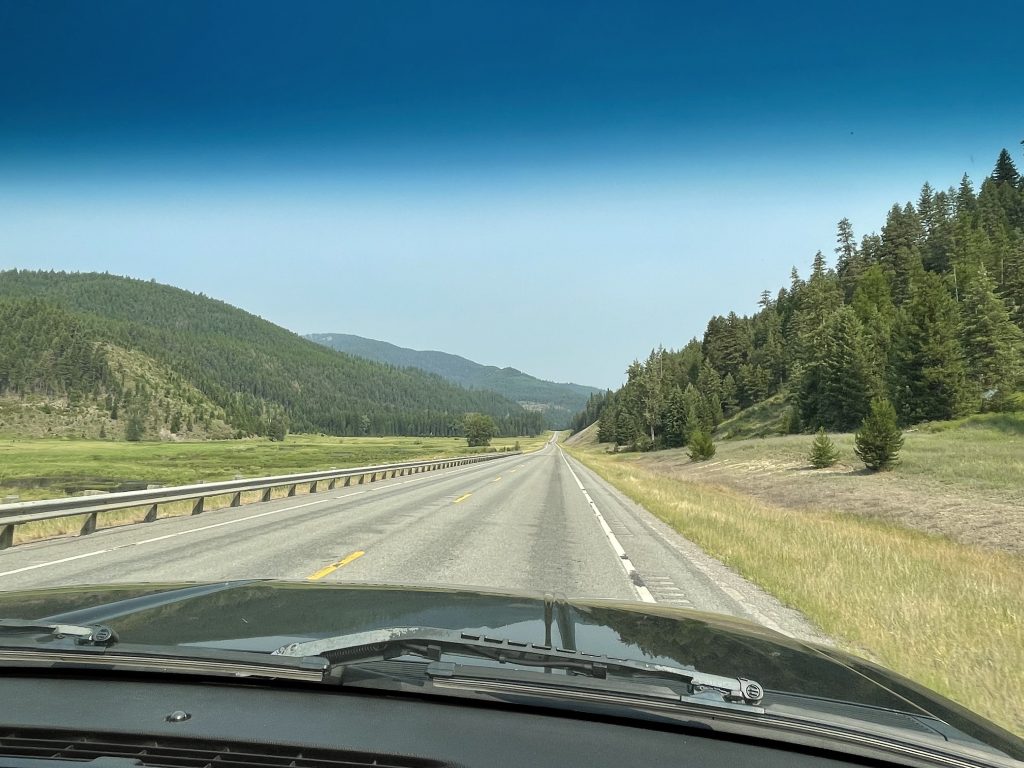
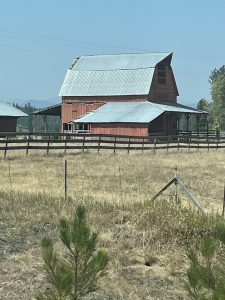
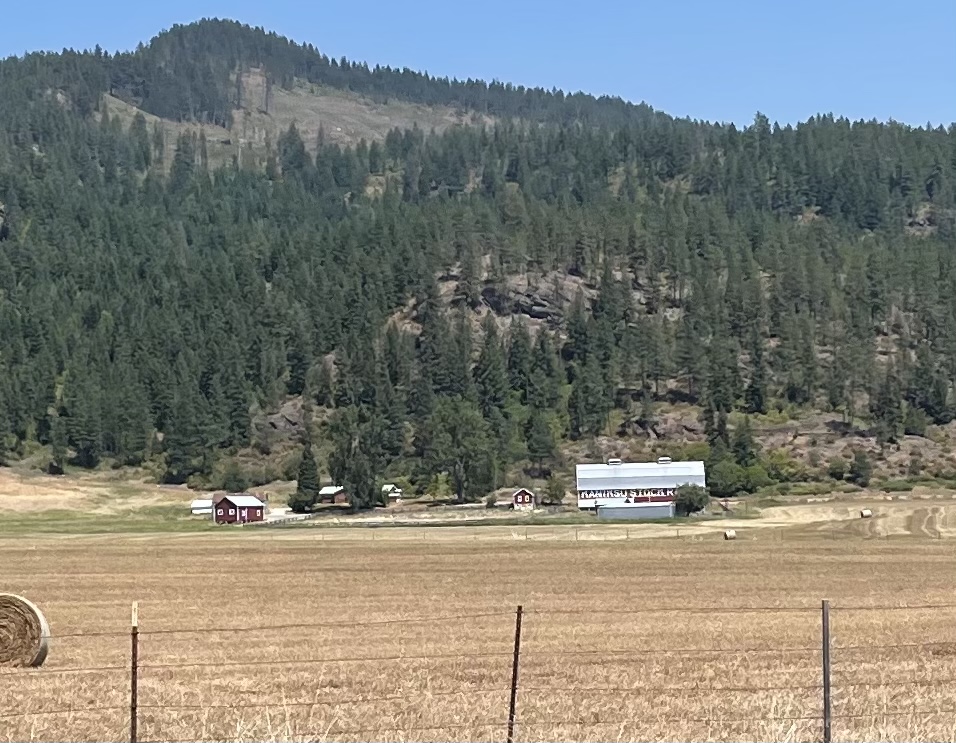
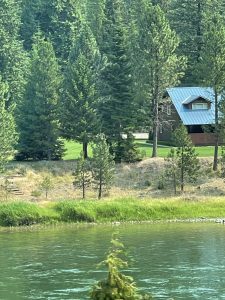
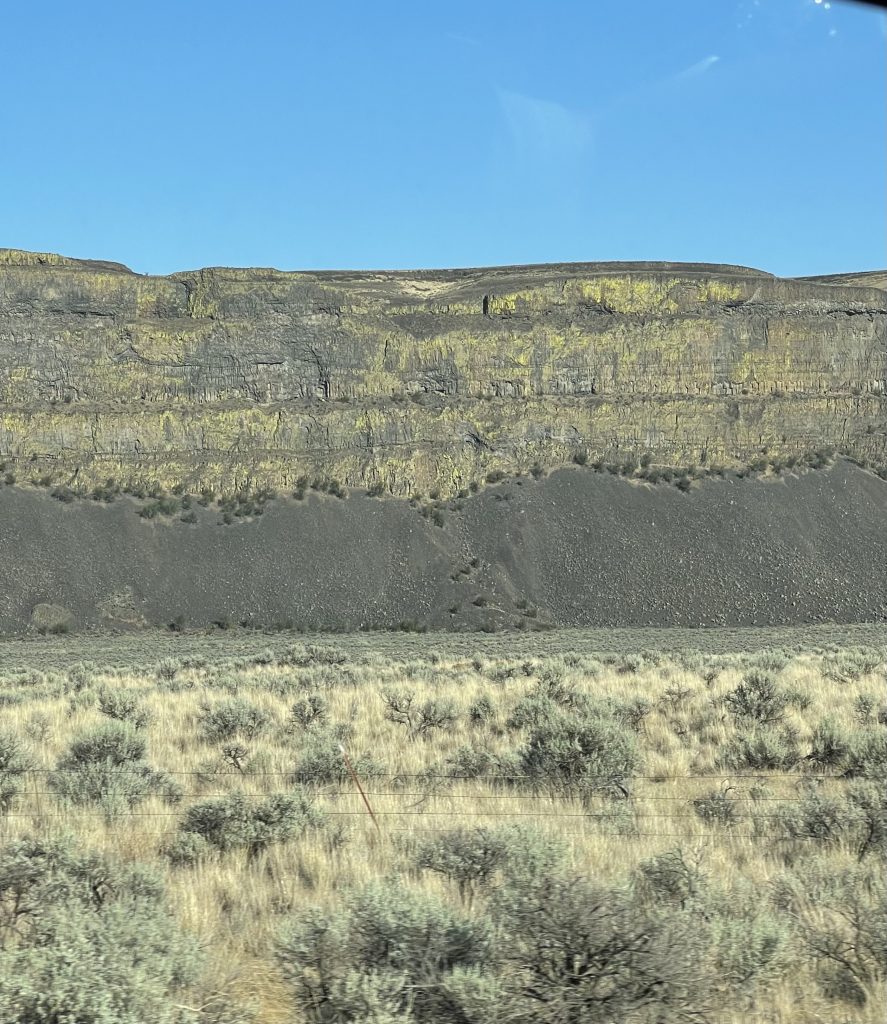
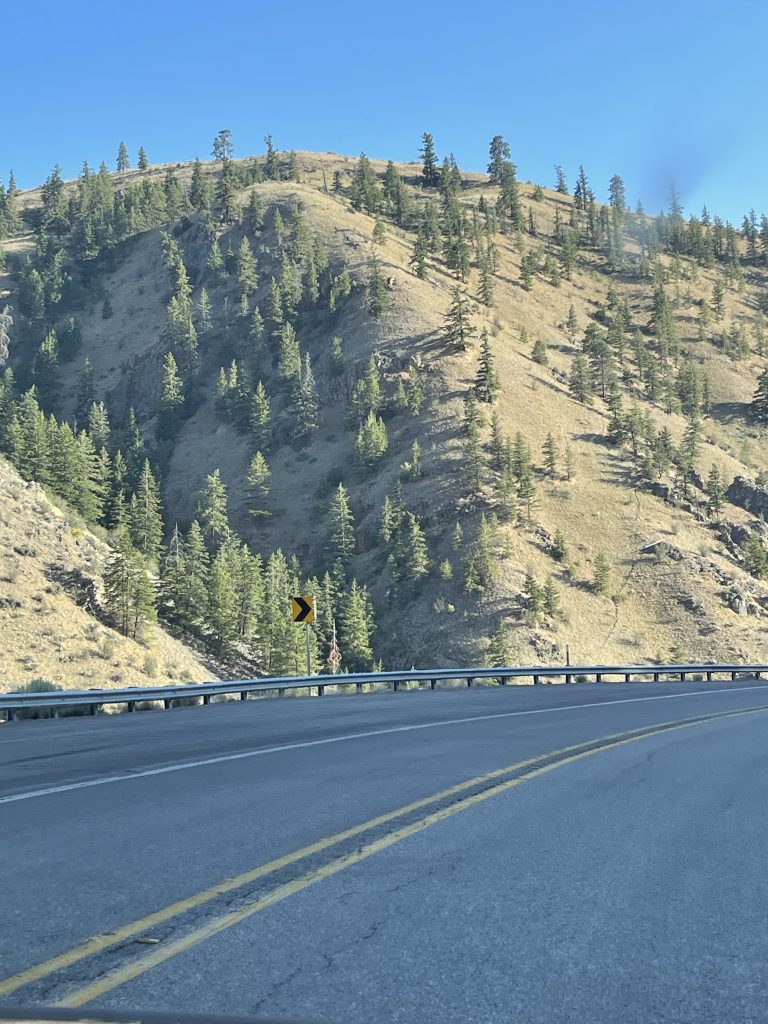
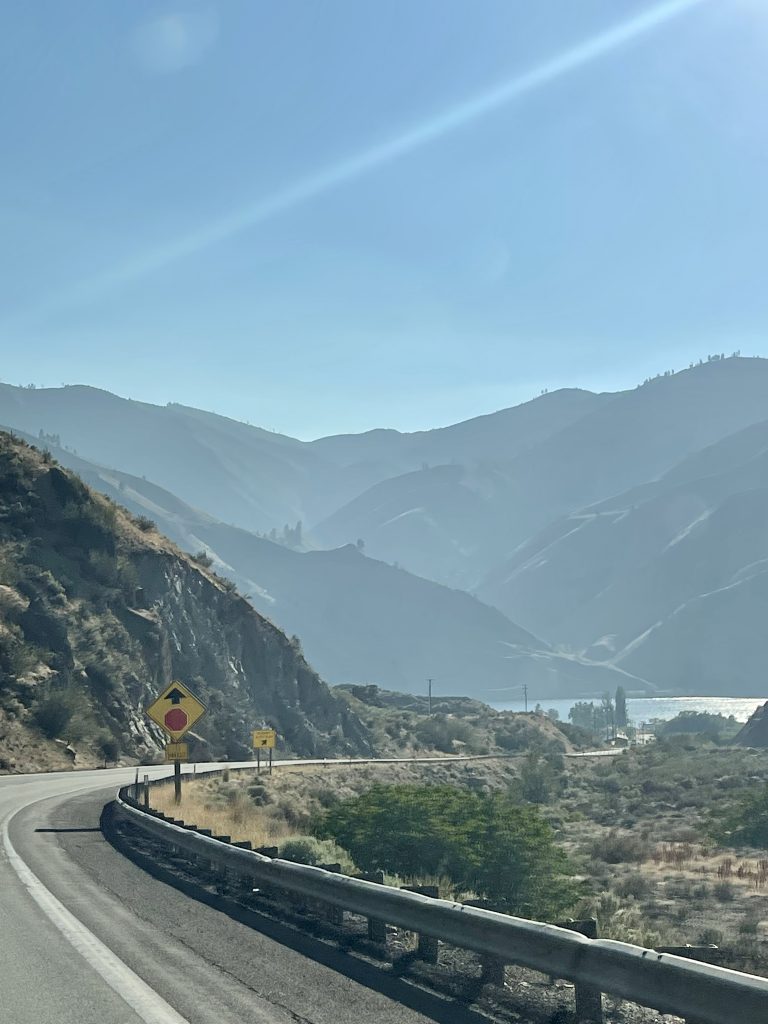
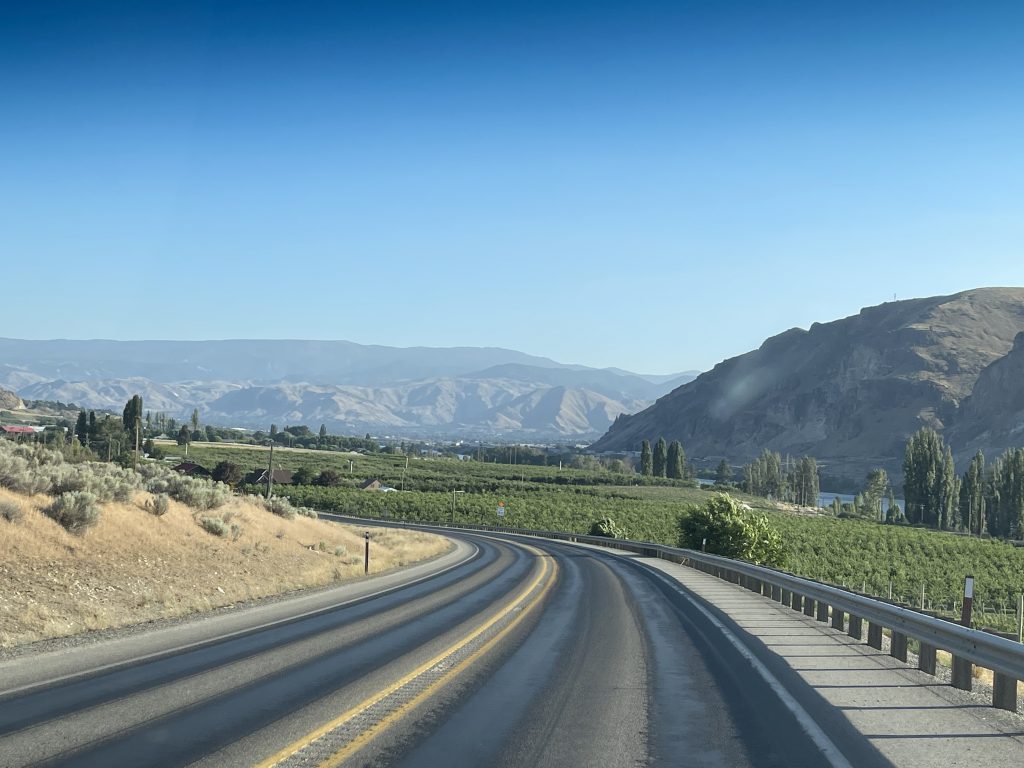
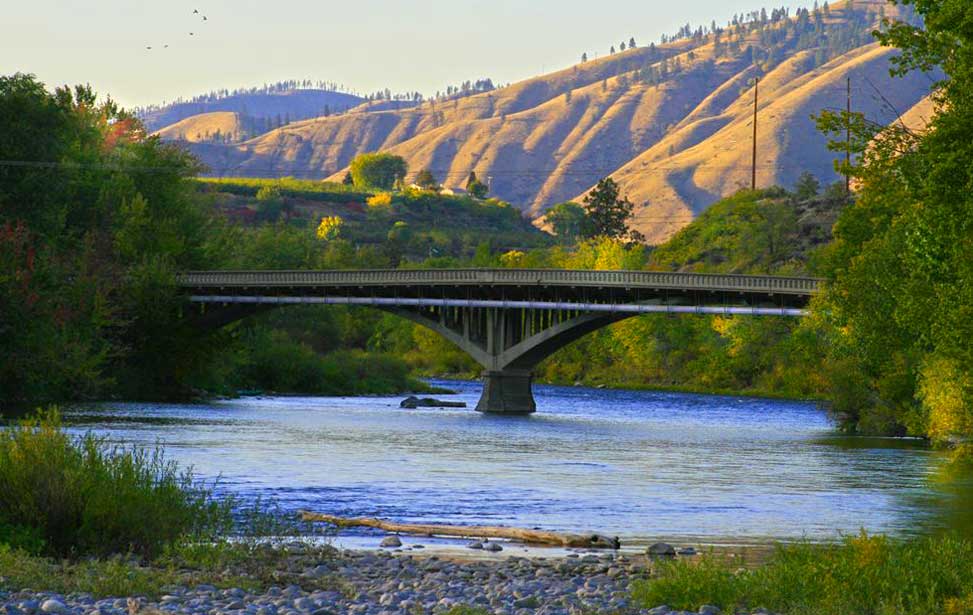
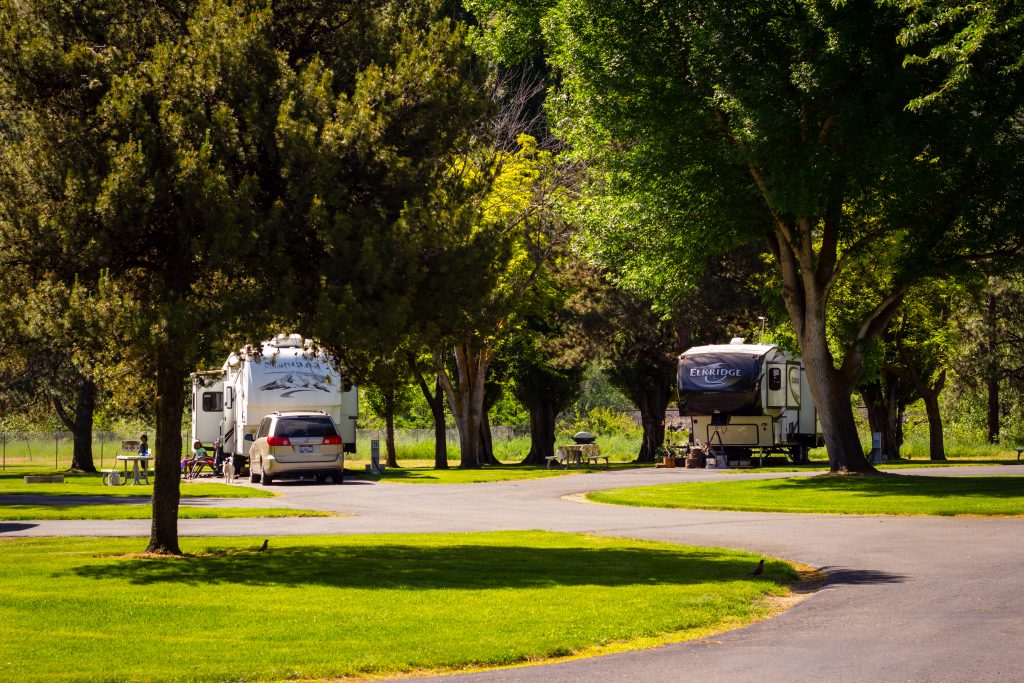


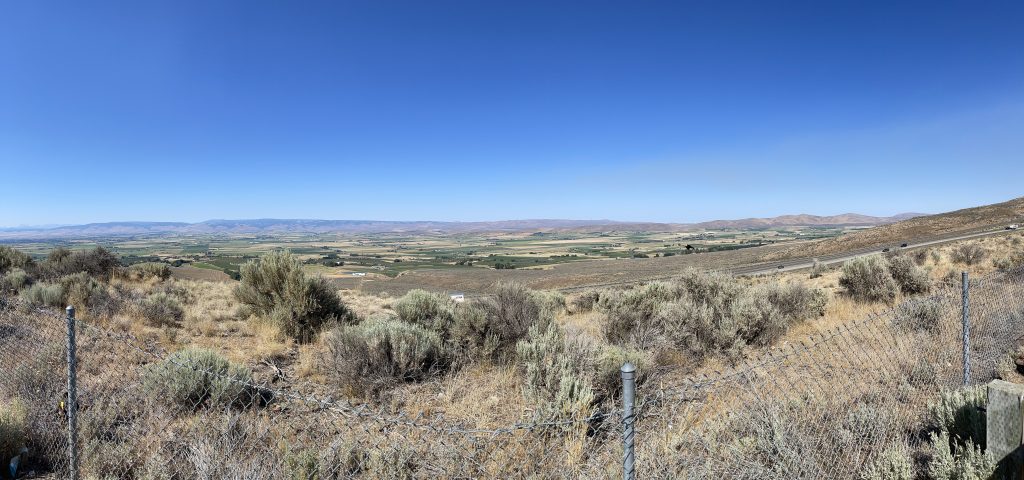
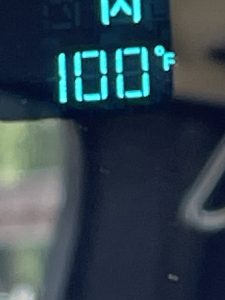
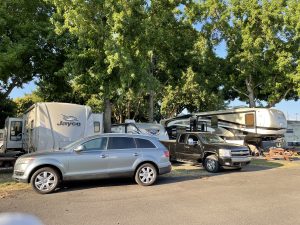
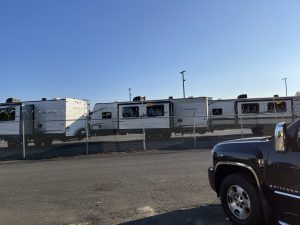
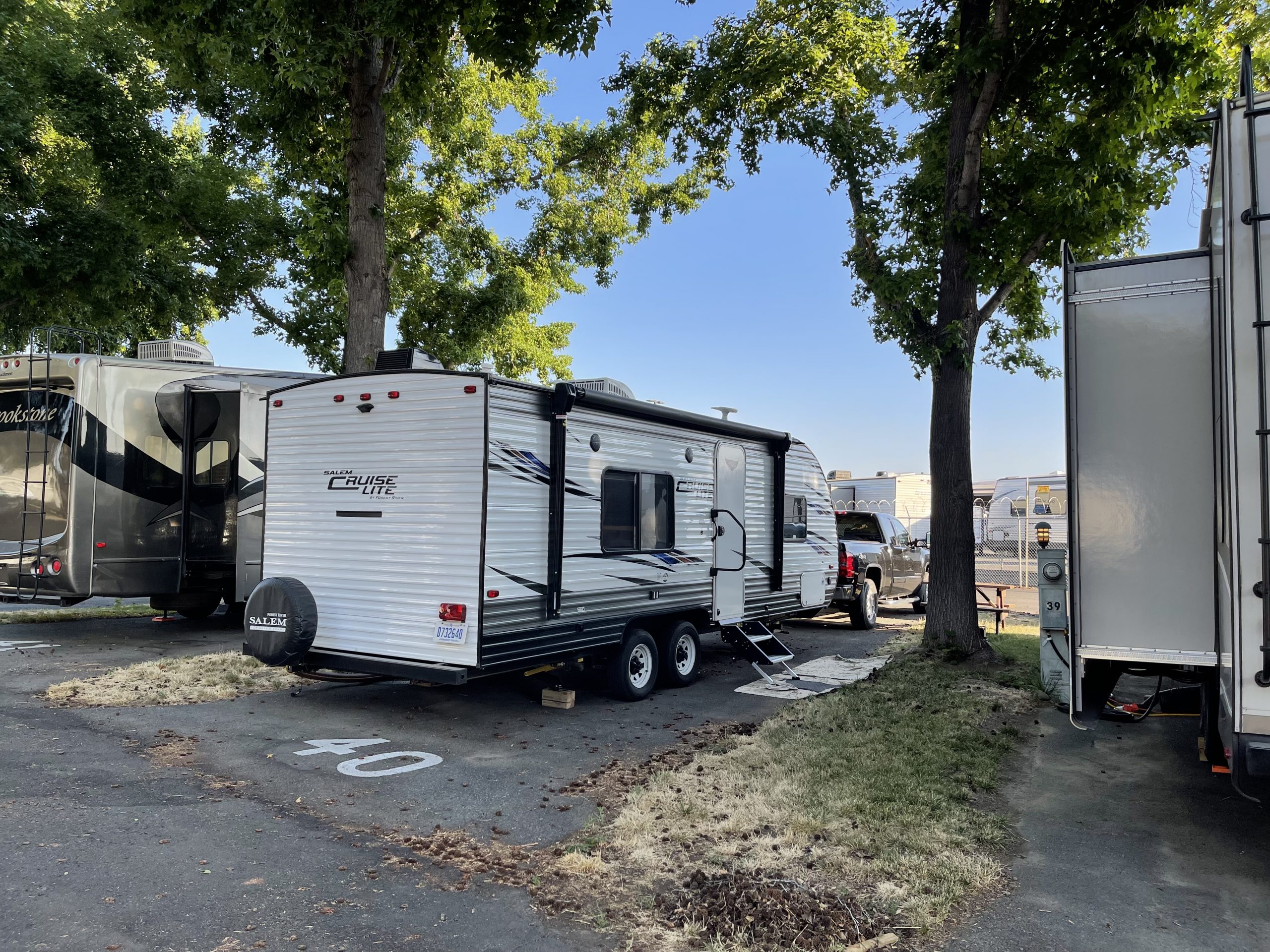
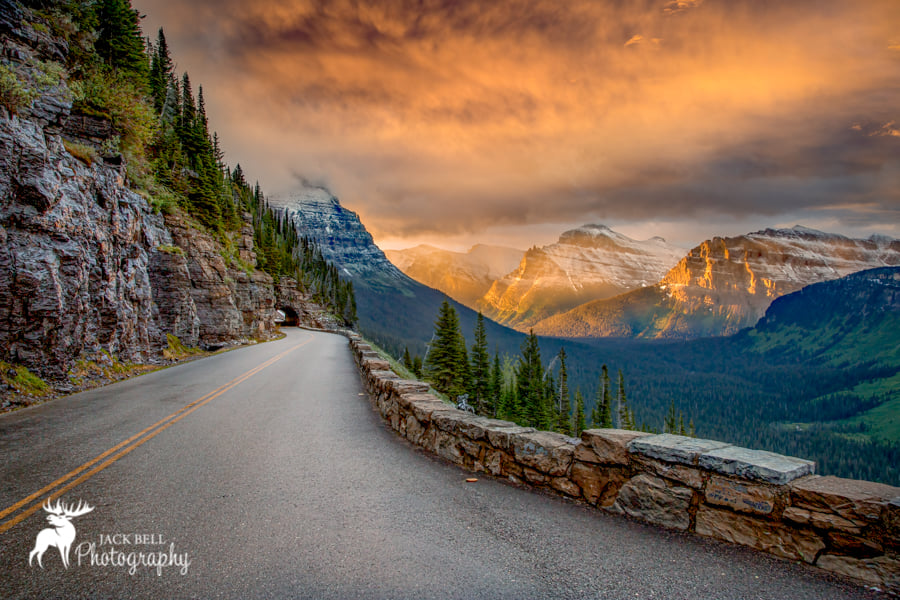
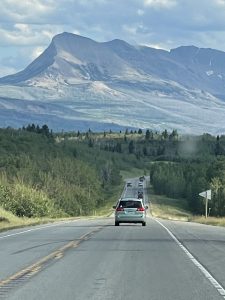
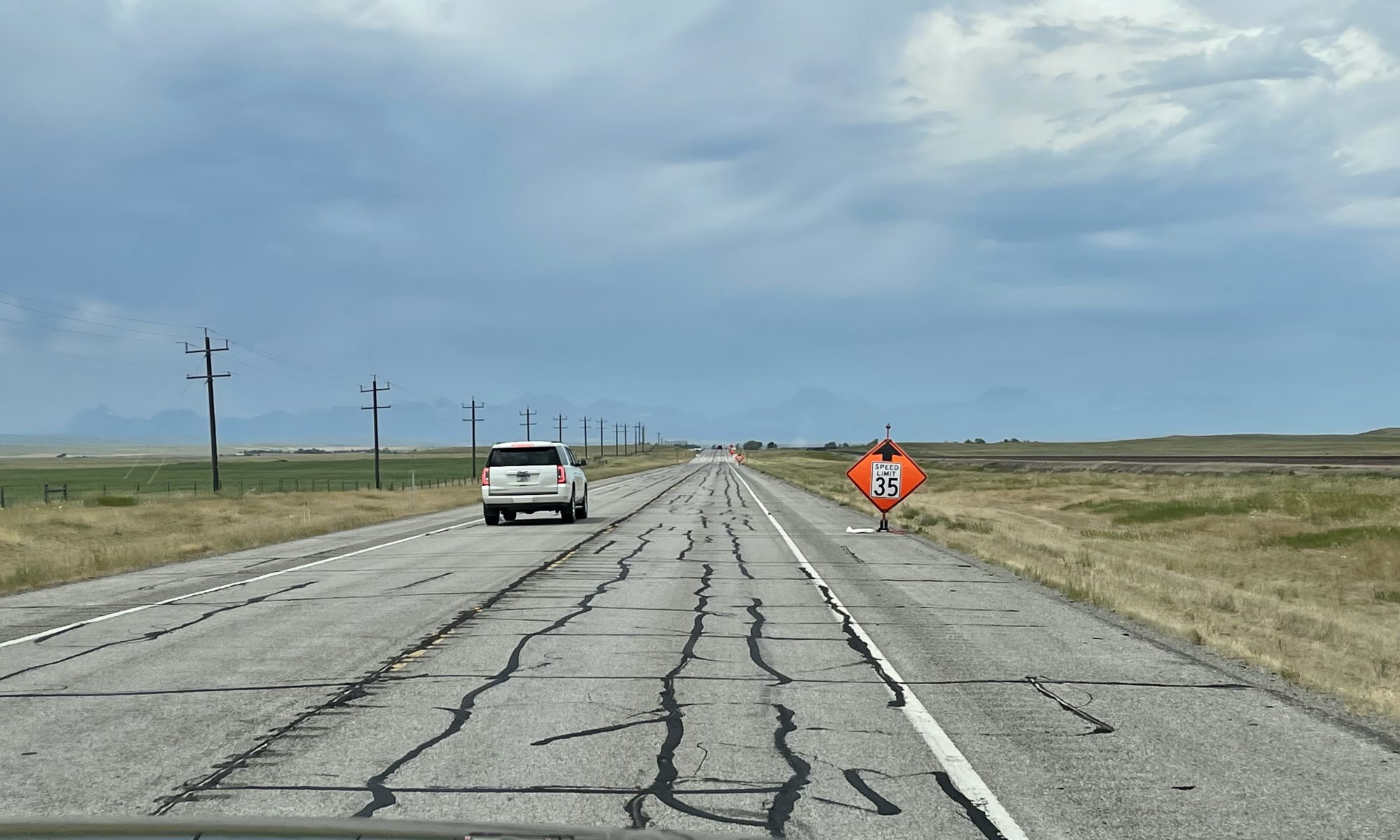
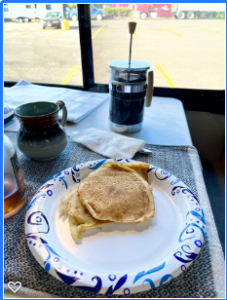
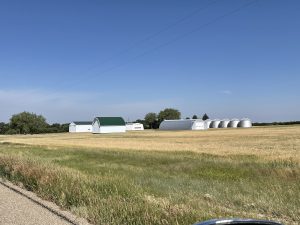
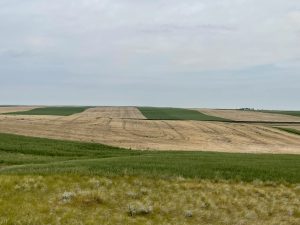
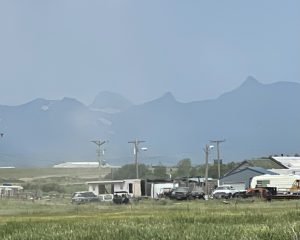
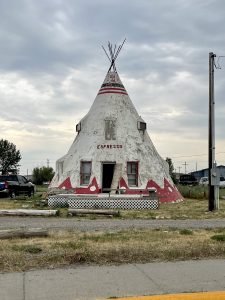
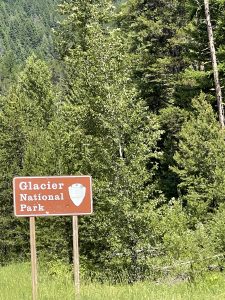
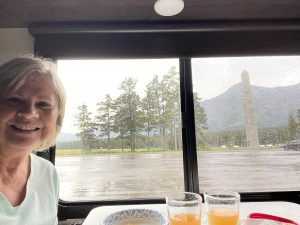
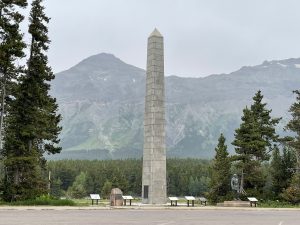
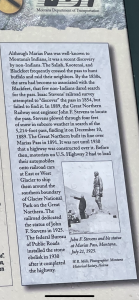
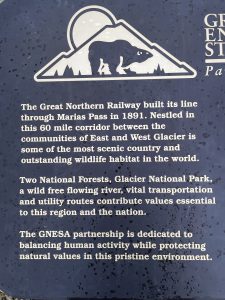
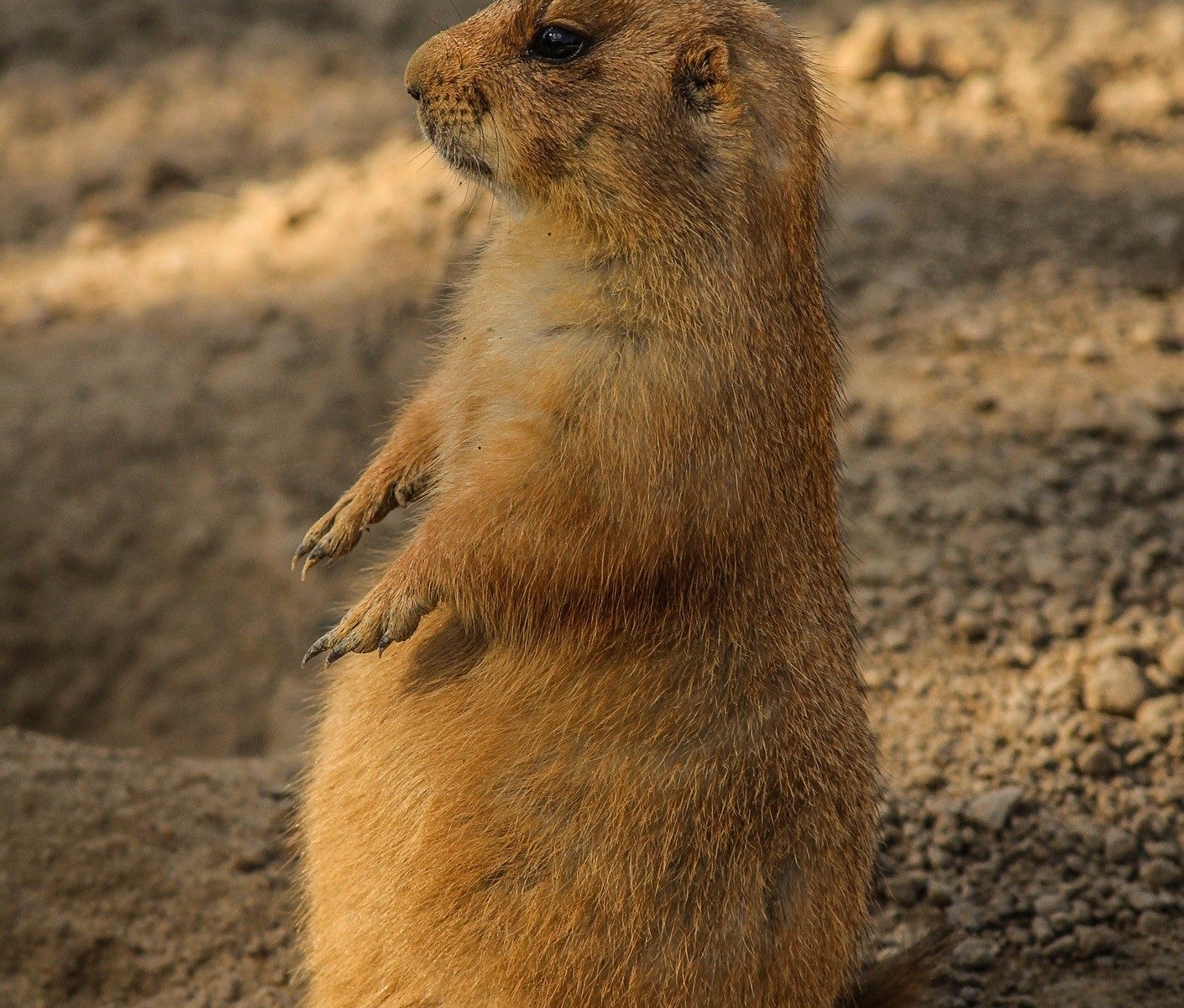
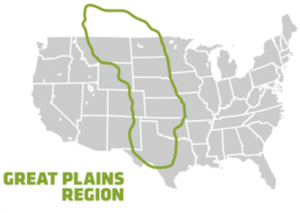
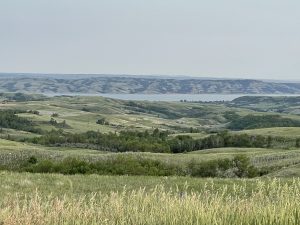
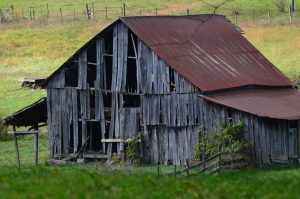
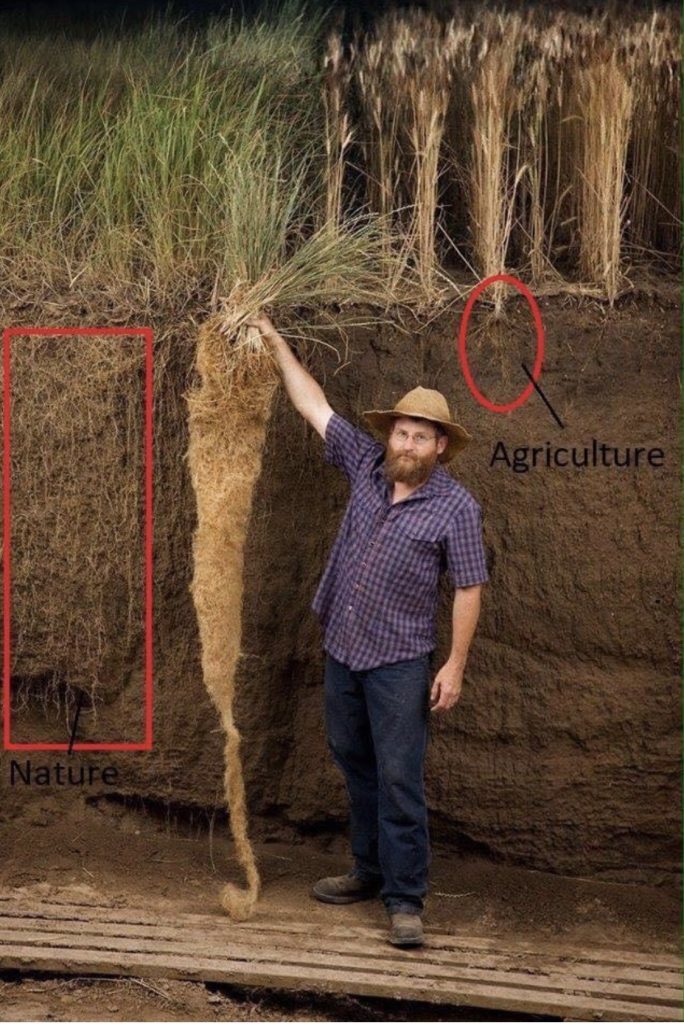
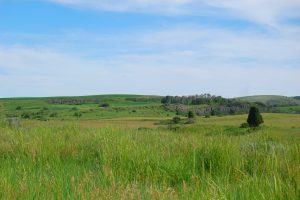
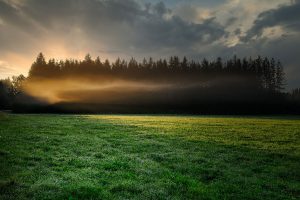
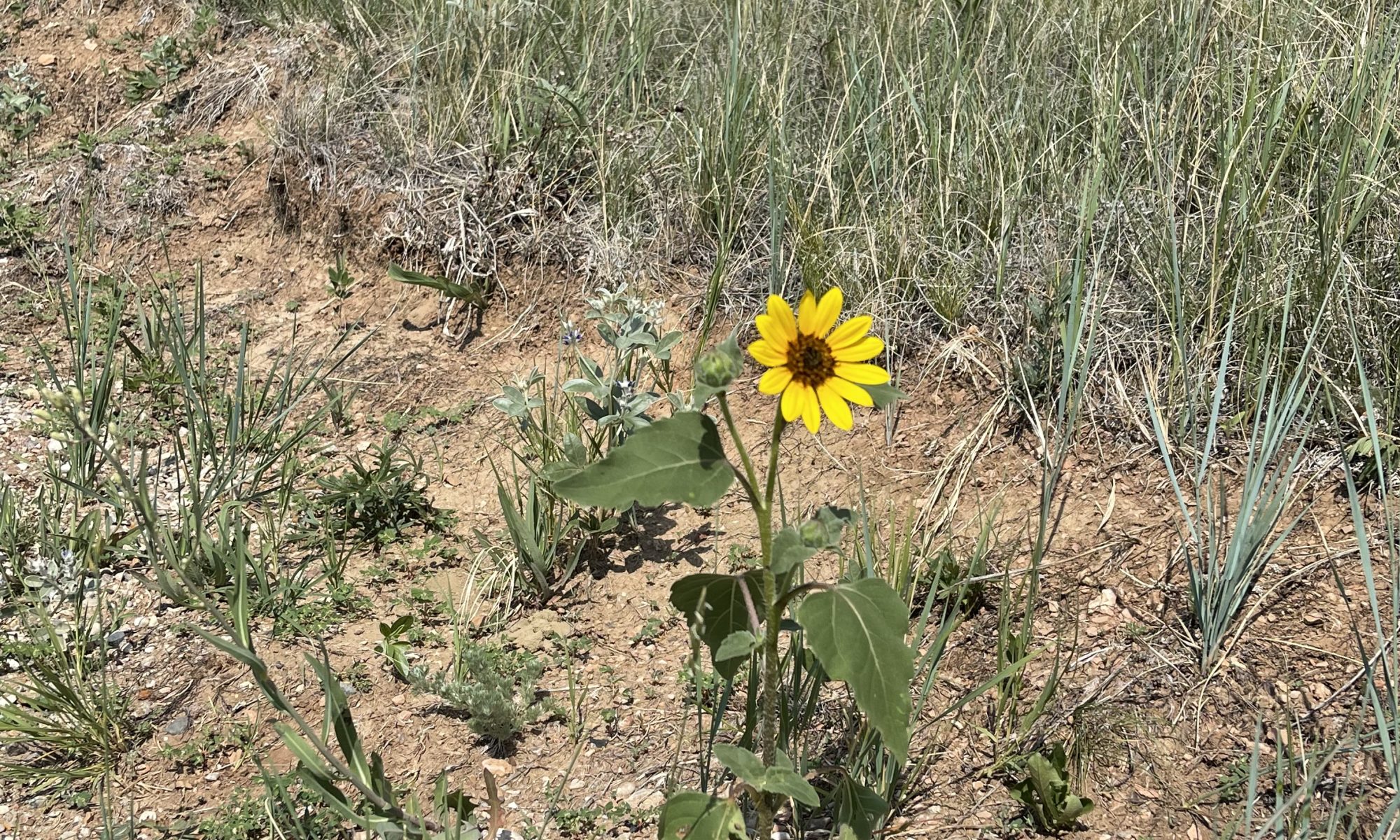
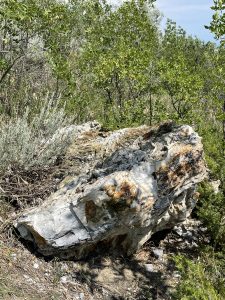

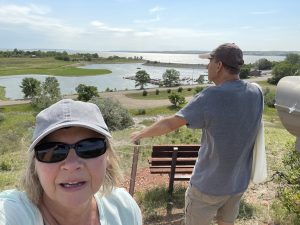
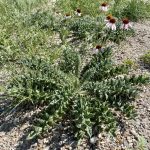

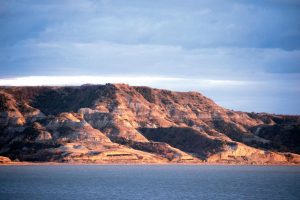
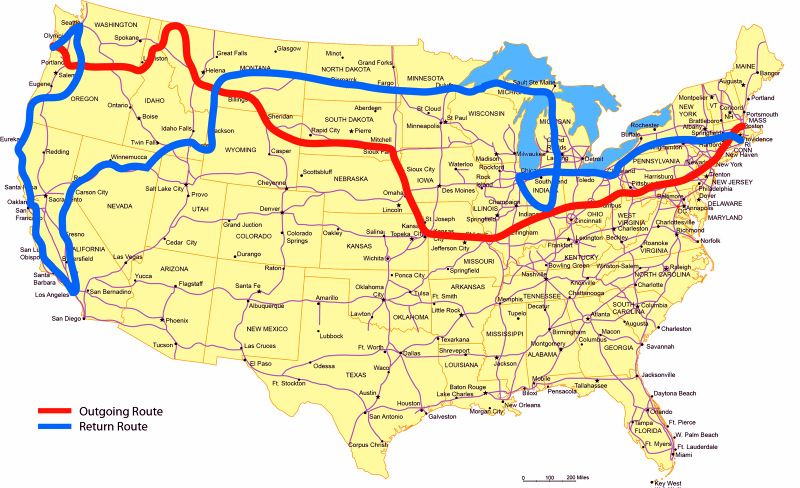
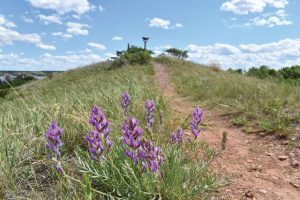
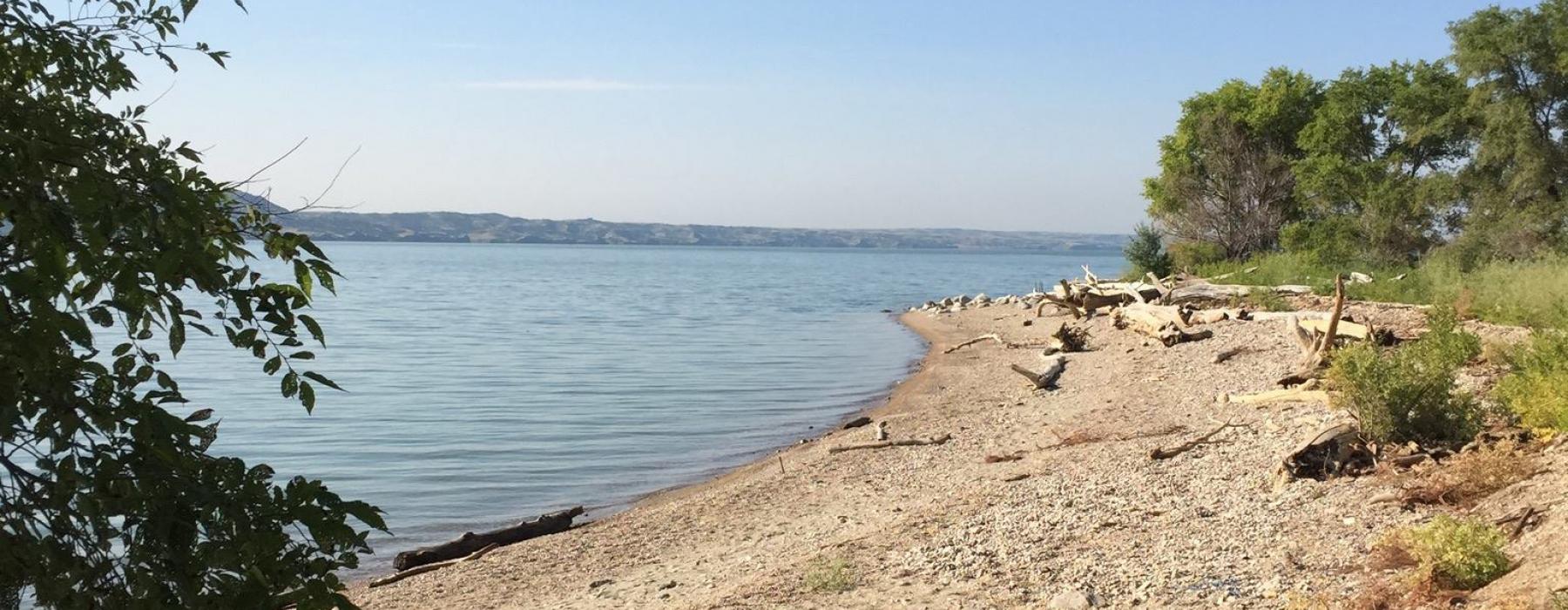
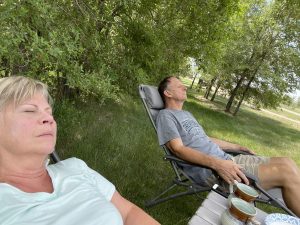
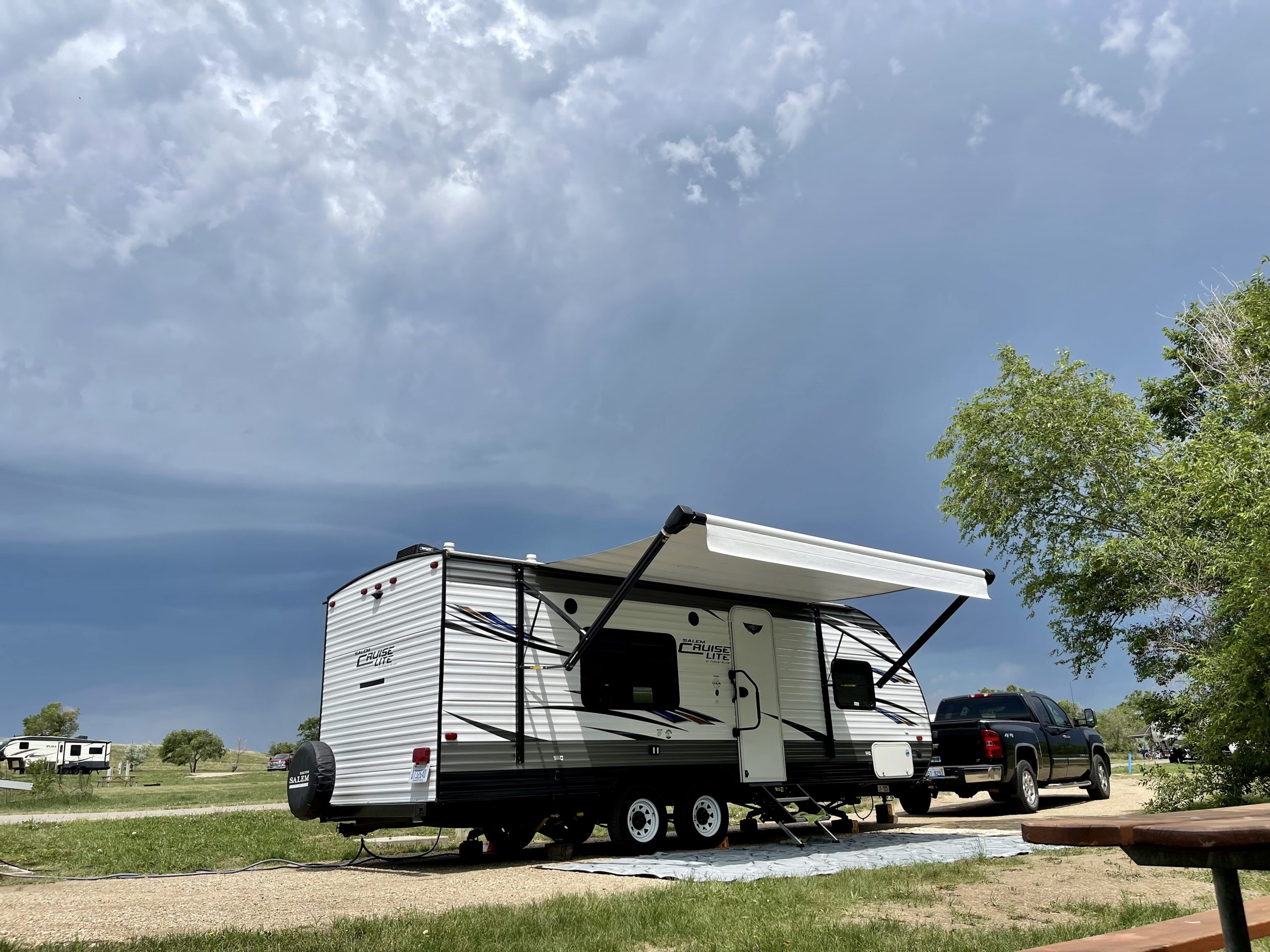
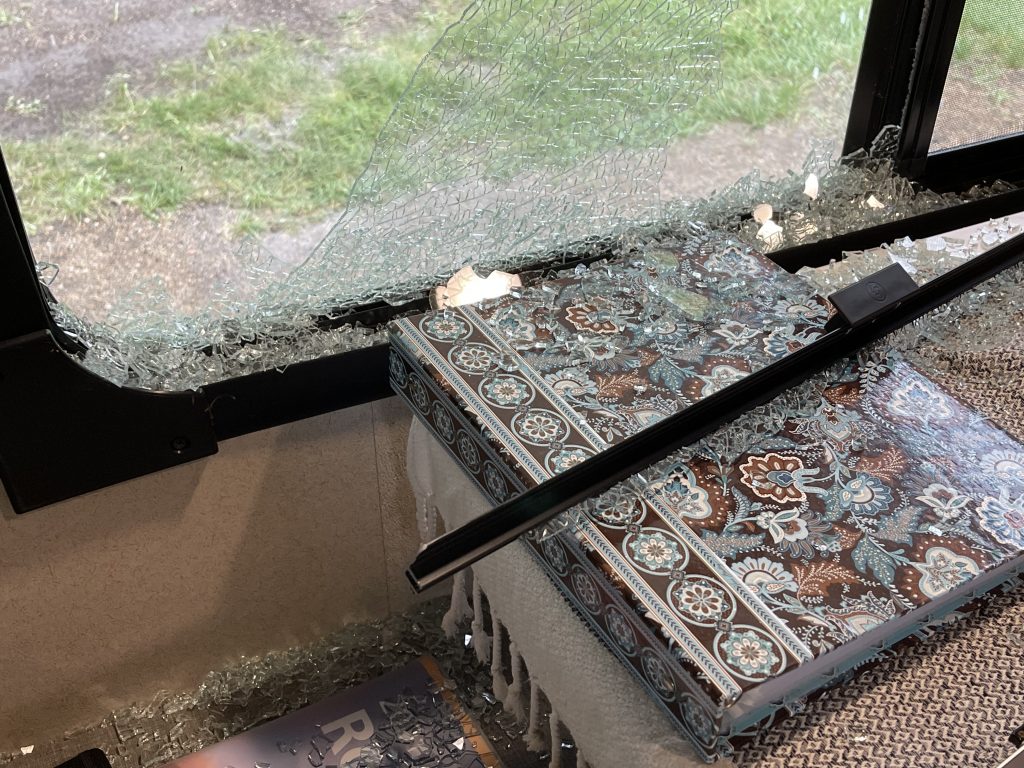
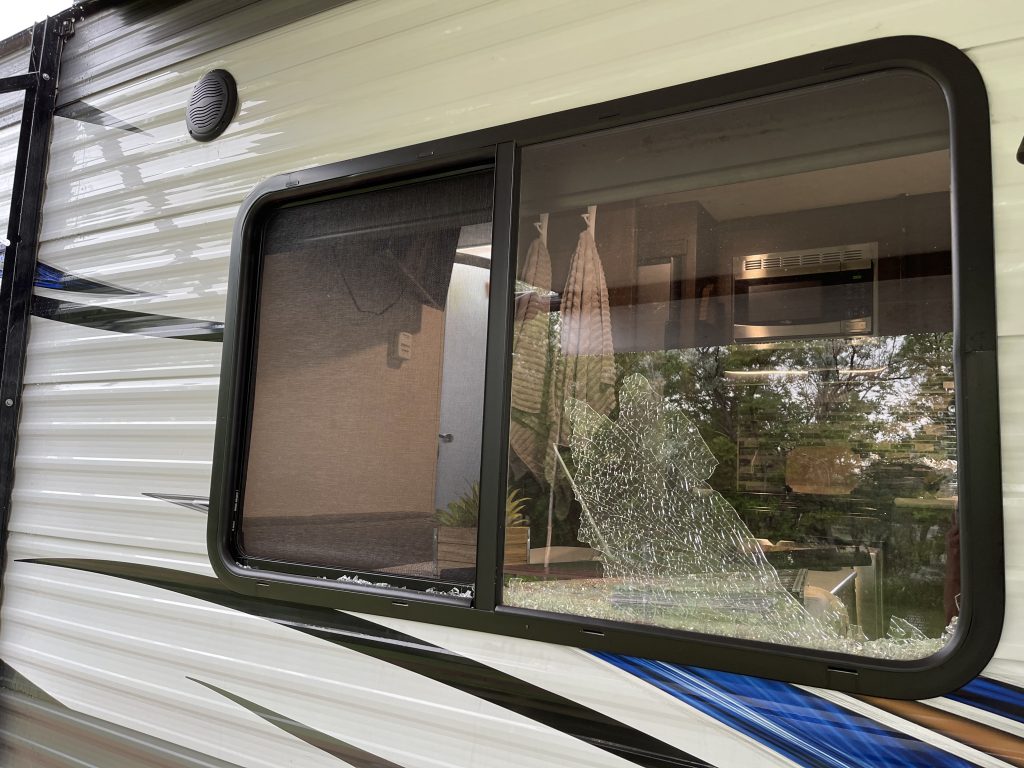
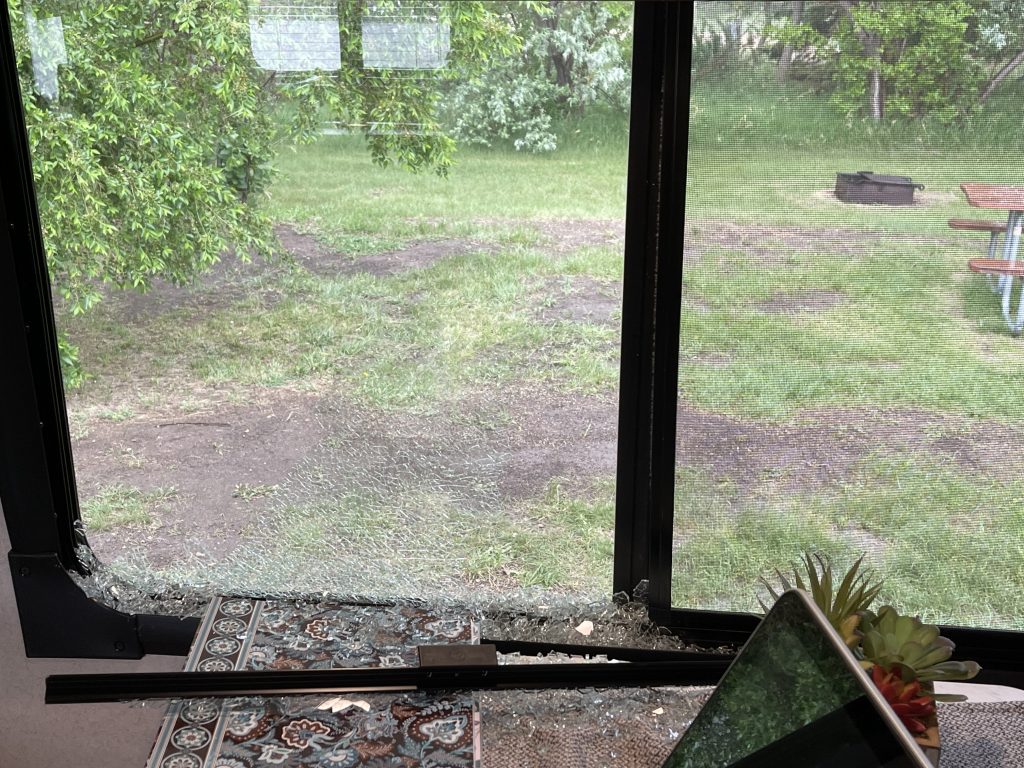
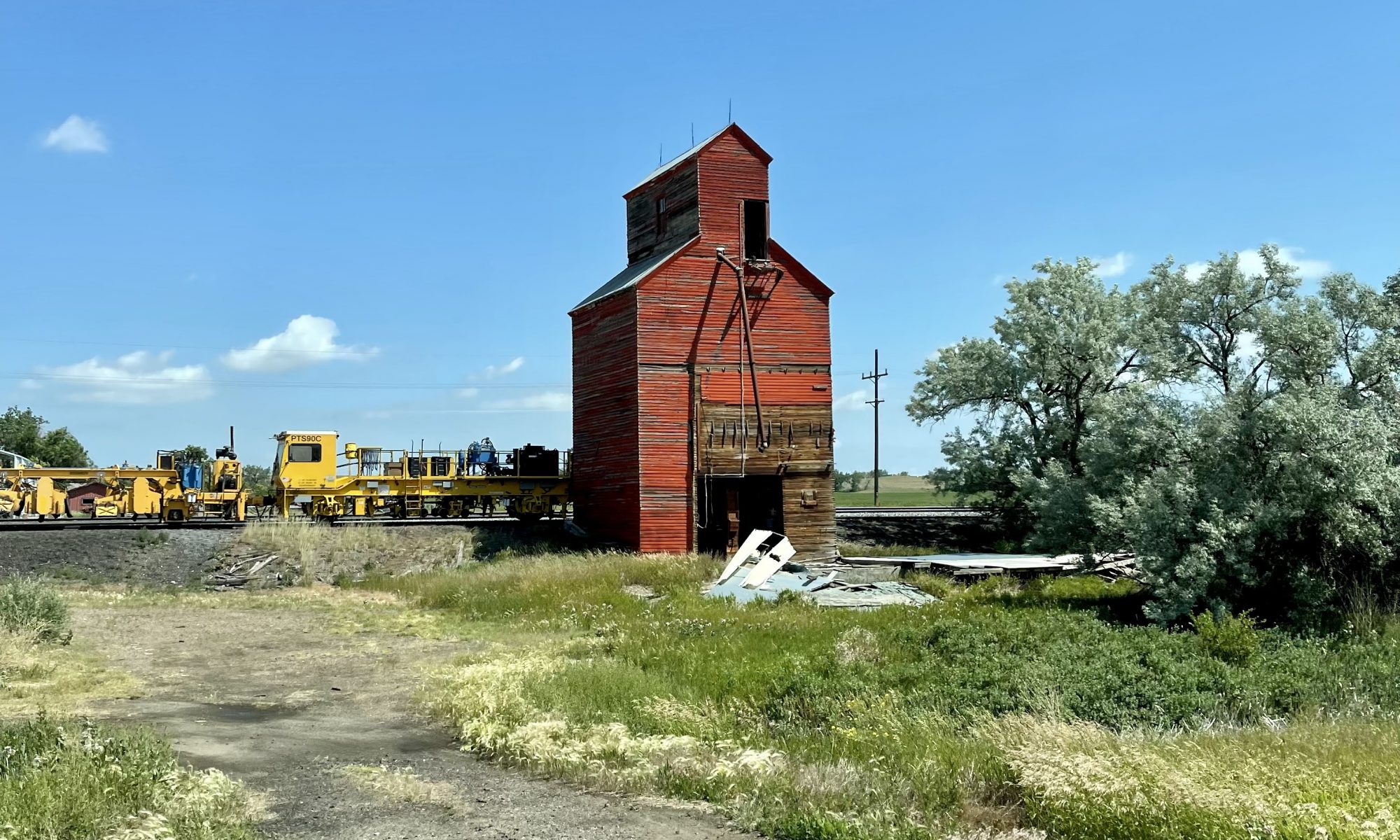
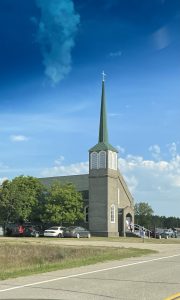


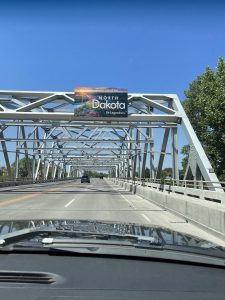
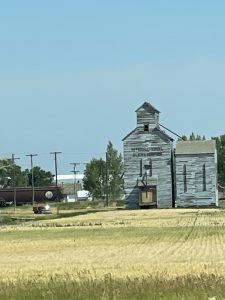
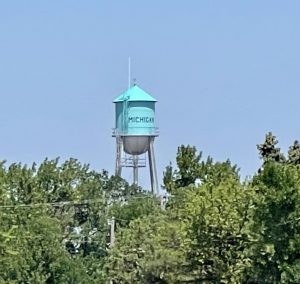

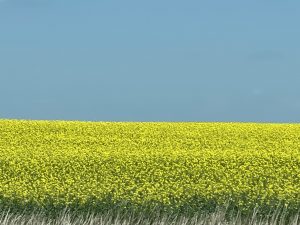
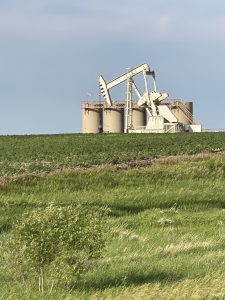
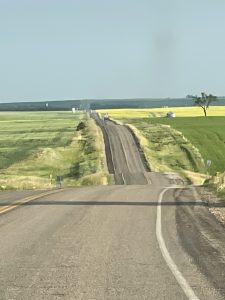
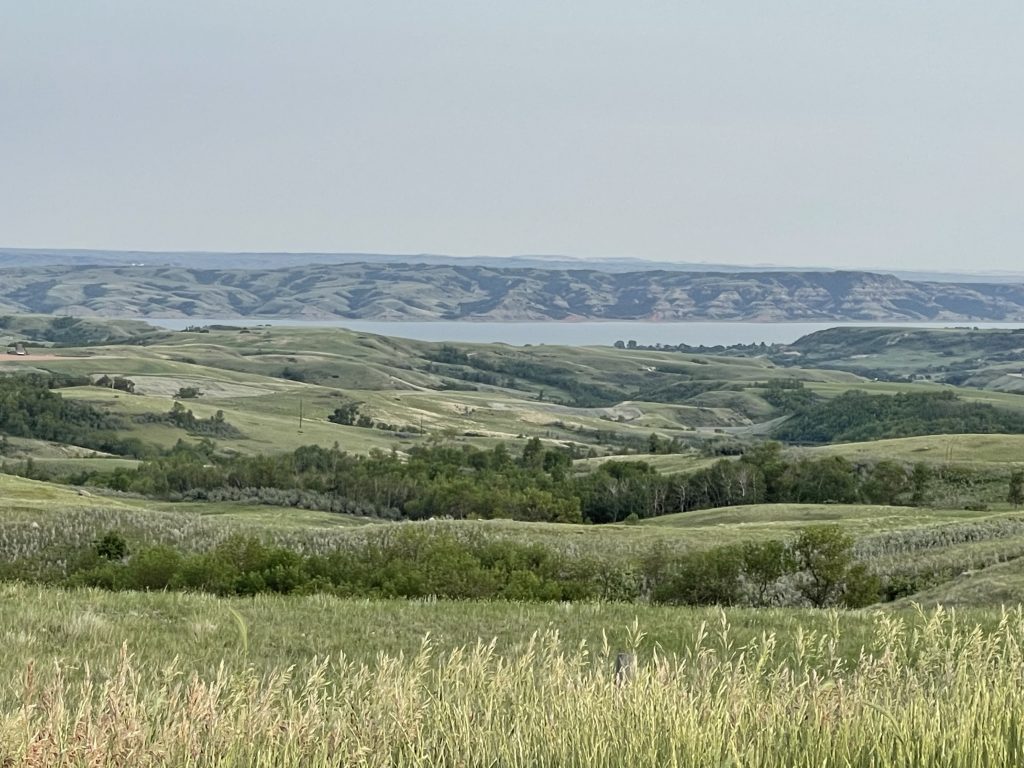
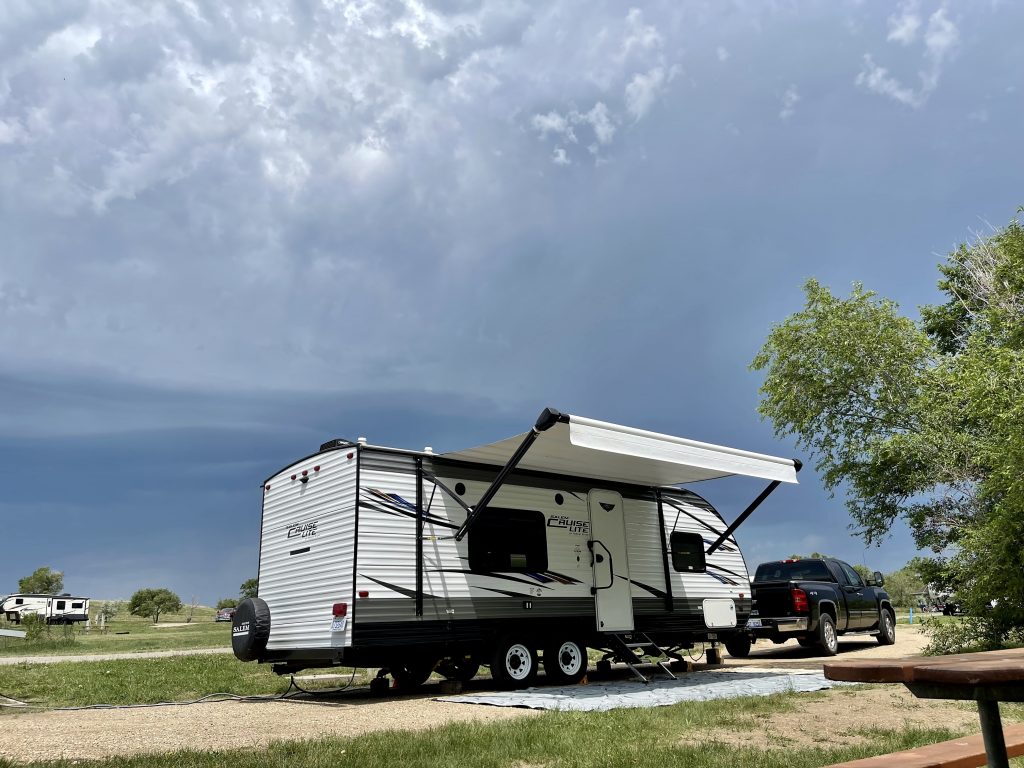
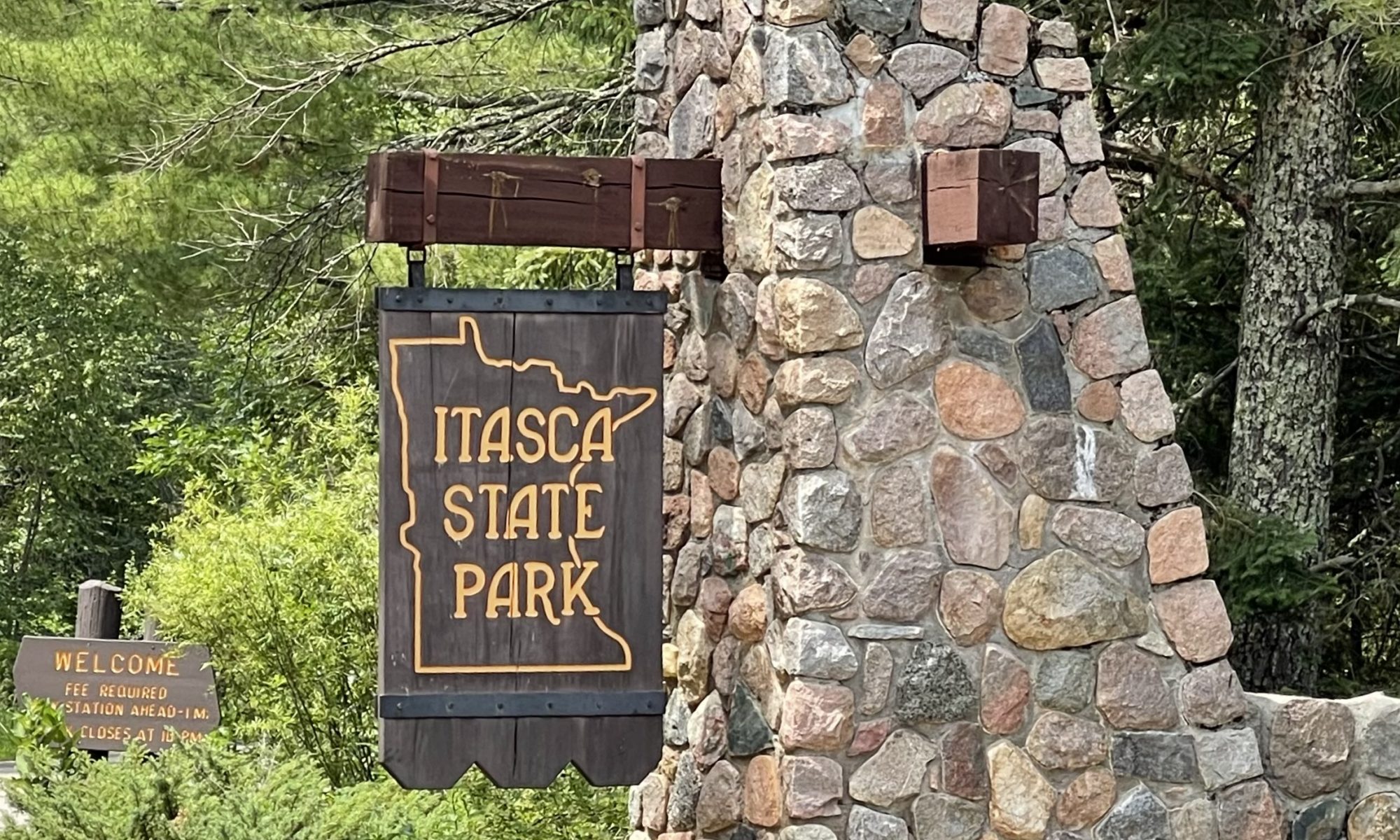
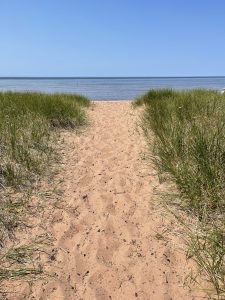
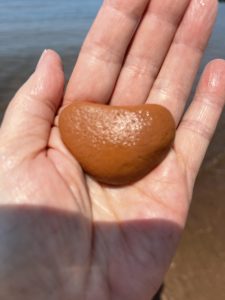
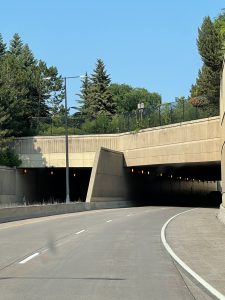
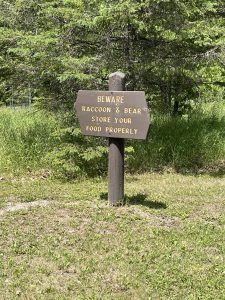
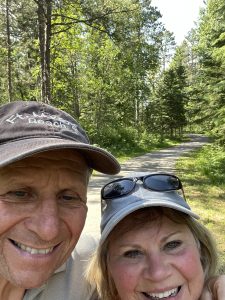 The trail was smooth, thank goodness, as it was long.
The trail was smooth, thank goodness, as it was long.